1.3.6.1.2.1.1: System Description
1.3.6.1.2.1.1.1: sysDescr. This OID is used to obtain the system description information of the device, including hardware version, operating system type, and version.
1.3.6.1.2.1.1.2: sysObject ID. This OID is used to obtain the unique identifier of the device, which is usually defined as an object identifier (OID) composed of numbers in MIB-II.
1.3.6.1.2.1.1.3: sysUpTime. This OID is used to obtain the running time of the device, usually in seconds.
1.3.6.1.2.1.1.4: sysContact. This OID is used to obtain the contact information of the device administrator, such as email address or phone number.
1.3.6.1.2.1.1.5: sysName. This OID is used to obtain the name of the device, usually a user-defined string.
1.3.6.1.2.1.1.6: sysLocation. This OID is used to obtain information about the location of the device, such as the computer room number or city name.
1.3.6.1.2.1.2: Interface Information
1.3.6.1.2.1.2.1: ifNumber. This OID is used to obtain the number of interfaces for the device.
1.3.6.1.2.1.2.2: ifTable. This OID represents a table that contains information about all interfaces, such as speed, status, MAC address, etc.
1.3.6.1.2.1.2.2.1: ifIndex. This OID is used to obtain the index number of the interface, which is usually unique.
1.3.6.1.2.1.2.2.2: ifDescr. This OID is used to obtain descriptive information about the interface, such as the interface name or type.
1.3.6.1.2.1.2.2.3: ifType. This OID is used to obtain the type of interface, such as Ethernet, wireless network card, or serial port.
1.3.6.1.2.1.2.2.4: ifMtu. This OID is used to obtain the maximum transmission unit (MTU) size of the interface, which is the maximum packet size supported by the interface.
1.3.6.1.2.1.2.2.5: ifSpeed. This OID is used to obtain the rate of the interface, usually in bits per second.
1.3.6.1.2.1.2.2.6: ifPhysAddress. This OID is used to obtain the physical address of the interface, usually the MAC address.
1.3.6.1.2.1.2.2.7: ifAdminStatus. This OID is used to obtain the management status of the interface, that is, whether the administrator has enabled the interface.
1.3.6.1.2.1.2.2.8: ifOperStatus. This OID is used to obtain the operational status of the interface, that is, whether the interface is currently running.
1.3.6.1.2.1.2.2.9: ifLastChange. This OID is used to obtain the timestamp of the last change in the interface’s state.
1.3.6.1.2.1.3: Network address
1.3.6.1.2.1.3.1: ifTable. This OID provides information about all interfaces on the current device, such as interface name, type, MTU, etc.
1.3.6.1.2.1.3.2: ifXTable. Similar to ifTable, but provides more interface information such as rate, error count, etc.
1.3.6.1.2.1.3.3: atTable. This OID provides information on all ARP table entries on the current device.
1.3.6.1.2.1.3.4: ipNetToMediaTable. This OID provides information on the relationship between all IP addresses and MAC addresses on the current device.
1.3.6.1.2.1.3.5: ipRoutingTable. This OID provides routing table information on the current device.
1.3.6.1.2.1.3.6: tcpConnTable. This OID provides TCP connection information on the current device.
1.3.6.1.2.1.3.7: udpTable. This OID provides UDP connection information on the current device.
1.3.6.1.2.1.4: IP routing table
**1.3.6.1.2.1.4.21.1.1: * * This OID is used to obtain the value of the destination network address (i.e. the destination IP address).
**1.3.6.1.2.1.4.21.1.2: * * This OID is used to obtain the mask (i.e. subnet mask) of the destination network address.
**1.3.6.1.2.1.4.21.1.7: * * This OID is used to obtain the value of the next hop address, which is the IP address of the next router where the packet is sent.
**1.3.6.1.2.1.4.21.1.8: * * This OID is used to obtain the type of routing entry. For example, direct connection routing, remote routing, default routing, etc.
**1.3.6.1.2.1.4.21.1.11: * * This OID is used to obtain the metric value of the route, representing the cost of the path from the local machine to the destination network.
**1.3.6.1.2.1.4.21.1.13: * * This OID is used to obtain the expiration or invalid time of the route, in seconds.
**1.3.6.1.2.1.4.21.1.14: * * This OID is used to obtain the protocol type of the route, such as RIP, OSPF, BGP, etc.
**1.3.6.1.2.1.4.21.1.15: * * This OID is used to obtain the last modification time of the routing table entry, expressed in seconds since system startup.
**1.3.6.1.2.1.4.21.1.18: * * This OID is used to obtain the starting time of the routing table entry, expressed in seconds since system startup. These OIDs can help administrators understand the status of network devices and network performance and troubleshoot them.
1.3.6.1.2.1.5: SNMP Transport Protocol
1.3.6.1.2.1.5.1: IP statistics information. This OID contains statistical information about IP datagrams, such as the number of received and sent datagrams, the number of datagram errors, etc.
1.3.6.1.2.1.5.2: ICMP statistical information. This OID contains statistical information about ICMP messages, such as the number of received and sent ICMP messages, the number of ICMP messages of each type, etc.
1.3.6.1.2.1.5.3: TCP statistics. This OID contains statistical information about the TCP protocol, such as connection count, retransmission count, timeout count, etc.
1.3.6.1.2.1.5.4: UDP statistics information. This OID contains statistical information about the UDP protocol, such as the number of received and sent datagrams, port usage, etc.
1.3.6.1.2.1.5.5: SNMP statistics information. This OID contains statistical information about the SNMP protocol, such as the number of messages received and sent, the number of errors, etc.
1.3.6.1.2.1.5.6: DNS statistics information. This OID contains statistical information about the DNS protocol, such as the number of requests and responses, the number of errors, etc.
1.3.6.1.2.1.5.7: DHCP statistics information. This OID contains statistical information about the DHCP protocol, such as the number of assigned IP addresses, the number of denial of service attacks, etc.
1.3.6.1.2.1.6: SNMP communication parameters
1.3.6.1.2.1.6.1: tcpConnState: The value corresponding to this OID is an integer type value of Counter32, used to represent the current number of active TCP connections on the system.
1.3.6.1.2.1.6.2: tcpInSegs (number of segments received by TCP): The value corresponding to this OID is an integer type value of Counter32, used to represent the total number of data segments received by the TCP layer from system startup until now.
1.3.6.1.2.1.6.3: tcpOutSegs (number of segments sent by TCP): The value corresponding to this OID is an integer type value of Counter32, used to represent the total number of data segments sent by the TCP layer from system startup to now.
1.3.6.1.2.1.6.4: tcpRetransSegs: The value corresponding to this OID is an integer type value of Counter32, used to represent the total number of data segments that have been retransmitted by the TCP layer since system startup.
1.3.6.1.2.1.6.5: tcpConnTable: The value corresponding to this OID is a table that lists all current TCP connections on the system, including their local addresses and ports, remote addresses and ports, and their status.
1.3.6.1.2.1.6.6: tcpConnEntry (an entry in the TCP connection table): The value corresponding to this OID is a row in a tcpConnTable table that contains a TCP
Details of the connection. Each entry includes information such as local address, local port, remote address, remote port, and the status of the connection.
1.3.6.1.2.1.6.7: tcpInErrs (number of erroneous segments received by TCP): The value corresponding to this OID is an integer value of Counter32, used to represent the total number of data segments that have been received by the TCP layer but cannot be processed since system startup.
1.3.6.1.2.1.6.8: tcpOutRsts (number of reset segments sent by TCP): The value corresponding to this OID is an integer type value of Counter32, used to represent the total number of reset data segments sent by the TCP layer from system startup to now.
1.3.6.1.2.1.6.9: tcpRtoAlgorithm: The value corresponding to this OID is an integer value, indicating the type of timeout retransmission algorithm currently used by the system. Common algorithms include RTO, Eifel algorithm, etc.
1.3.6.1.2.1.6.10: tcpRtoMin (TCP timeout retransmission minimum time): This OID
1.3.6.1.2.1.7: SNMP proxy
1.3.6.1.2.1.7.1: snmpStats
1.3.6.1.2.1.7.1.1: snmpInPkts – The total number of request messages received by the SNMP agent.
1.3.6.1.2.1.7.1.2: snmpOutPkts – The total number of response messages sent by the SNMP agent.
1.3.6.1.2.1.7.1.3: snmpInBadVersion – The number of times an unsupported version number of SNMP messages has been received.
1.3.6.1.2.1.7.1.4: snmpInBadCommunityNames – The number of times SNMP message community names received do not match.
1.3.6.1.2.1.7.1.5: snmpInBadCommunityUse – The number of times the received SNMP message community name does not match the message type.
1.3.6.1.2.1.7.1.6: snmpInASNParseErrs – The number of times SNMP message parsing errors were received.
1.3.6.1.2.1.7.1.7: snmpSilentDrops – The number of times received SNMP messages are ignored.
1.3.6.1.2.1.7.1.8: snmpProxyDrops – The number of times the SNMP proxy failed to forward SNMP messages.
1.3.6.1.2.1.7.2: snmp
1.3.6.1.2.1.7.2.1: snmpenableAuthenTraps – Whether the SNMP agent enables authentication traps.
1.3.6.1.2.1.8: SNMP statistics
1.3.6.1.2.1.8.1: snmpInPkts, represents the total number of received SNMP messages.
1.3.6.1.2.1.8.2: snmpOutPkts represents the total number of SNMP messages sent out.
1.3.6.1.2.1.8.3: snmpInBadVersion, which represents the total number of unsupported version numbers in the received SNMP messages.
1.3.6.1.2.1.8.4: snmpInBadCommunityNames, represents the total number of received SNMP messages that use incorrect community names.
1.3.6.1.2.1.8.5: snmpInBadCommunityUse, represents the total number of received SNMP messages that use incorrect community names.
1.3.6.1.2.1.8.6: snmpInASNParseErrs, represents the number of ASN. 1 parsing errors in the received SNMP messages.
1.3.6.1.2.1.8.7: snmpSilentDrops, which represents the number of SNMP messages discarded due to a full buffer.
1.3.6.1.2.1.8.8: snmpProxyDrops, represents the number of SNMP messages discarded due to errors during the proxy process.
1.3.6.1.2.1.8.9: snmpenableAuthenTraps, indicating whether SNMP authentication exception traps are enabled.
1.3.6.1.2.1.8.10: snmpSilentDrops.0, represents the number of SNMP messages discarded due to a full buffer (for the entire system).
1.3.6.1.2.1.8.11: snmpProxyDrops.0, represents the number of SNMP messages discarded due to errors during the proxy process (for the entire system).
1.3.6.1.2.1.9: MIBII organization
1.3.6.1.2.1.9.1: sysDescr represents the descriptive information of the system.
1.3.6.1.2.1.9.2: sysObject ID, representing the unique identifier OID of the system.
1.3.6.1.2.1.9.3: sysUpTime, which represents the running time of the system since startup.
1.3.6.1.2.1.9.4: sysContact, which represents the contact information of the system administrator.
1.3.6.1.2.1.9.5: sysName, which represents the name of the system.
1.3.6.1.2.1.9.6: sysLocation represents the location of the system.
1.3.6.1.2.1.9.7: sysServices, representing the type of service provided by the system.
1.3.6.1.2.1.9.8: sysORLastChange, which represents the timestamp of the most recently added or deleted MIB object.
1.3.6.1.2.1.9.9: sysORTable, representing a list of MIB objects supported by the system.
These OIDs provide various information about the system, such as system description, unique identifier, runtime, administrator contact information, etc. In addition, the sysORTable object contains a list of MIB objects supported by the system, which can help administrators find and manage MIB objects. These pieces of information are crucial for monitoring and managing network devices.
1.3.6.1.2.1.10: SNMPv2 protocol
1.3.6.1.2.1.10.1: sysDescr, this OID corresponds to the device’s description information, including its manufacturer, model, operating system version, etc.
1.3.6.1.2.1.10.2: sysObject ID, which corresponds to the type and manufacturer information of the device, can be used to determine the type of device.
1.3.6.1.2.1.10.3: sysUpTime, this OID corresponds to the running time of the device, measured in hundredths of a second.
1.3.6.1.2.1.10.4: sysContact, this OID corresponds to the contact information of the administrator.
1.3.6.1.2.1.10.5: sysName, this OID corresponds to the name of the device.
1.3.6.1.2.1.10.6: sysLocation, this OID corresponds to the location of the device.
1.3.6.1.2.1.10.7: sysServices, this OID corresponds to the type of service provided by the device, such as routing, SNMP proxy, etc.
1.3.6.1.2.1.10.8: ifNumber, this OID corresponds to the number of interfaces (such as network ports) on the device.
1.3.6.1.2.1.10.9: atTable, this OID contains the device’s address translation table. It can be used to query the MAC address and IP address correspondence of each interface on the device.
1.3.6.1.2.1.10.10: ipAddrTable, this OID corresponds to the IP address table on the device. It can be used to query all IP addresses on the device.
1.3.6.1.2.1.10.11: ipRouteTable, this OID corresponds to the routing table on the device. It can be used to query routing information on devices.
1.3.6.1.2.1.10.12: ipNetToMediaTable, this OID corresponds to the mapping table of network addresses to physical addresses on the device. It can be used to query the MAC address and IP address correspondence of each interface on the device.
1.3.6.1.2.1.10.13: ICMP, this OID contains statistical information related to ICMP, such as the number of ICMP messages sent and received, error types, etc.
1.3.6.1.2.1.10.14: TCP, this OID contains TCP related statistical information, such as the number of connections, the amount of data sent and received, etc.
1.3.6.1.2.1.10.15: UDP, this OID contains statistical information related to UDP, such as the amount of data sent and received.
1.3.6.1.2.1.11: SNMPv2 trap
1.3.6.1.2.1.110: snmpTrap, this OID is used to identify an SNMP Trap event, indicating that an important event has occurred.
1.3.6.1.2.1.11.1: coldStart, this OID indicates that the device has undergone a cold start.
1.3.6.1.2.1.11.2: warmStart, this OID indicates that the device has undergone a hot start.
1.3.6.1.2.1.11.3: linkDown, this OID indicates that the state of an interface has changed from “up” to “down”.
1.3.6.1.2.1.11.4: LinkUp, this OID indicates that the state of an interface has changed from “down” to “up”.
1.3.6.1.2.1.11.5: AuthenticationFailure, this OID indicates SNMP authentication failure.
1.3.6.1.2.1.11.6: egpNeighborLoss, this OID indicates EGP neighbor failure.
1.3.6.1.2.1.11.7: enterpriseSpecific, this OID is used to represent Trap events for a specific enterprise and can be defined by the enterprise itself.
noted that companies can define specific Trap events themselves, so there may be other OIDs that may arise.
1.3.6.1.2.1.12: SNMPv2 Notification
1.3.6.1.2.1.12.1: snmpInPkts, this OID corresponds to the number of received SNMP messages.
1.3.6.1.2.1.12.2: snmpOutPkts, this OID corresponds to the number of SNMP messages sent out.
1.3.6.1.2.1.12.3: snmpInBadVersion, this OID corresponds to the number of unsupported version numbers in the received SNMP message.
1.3.6.1.2.1.12.4: snmpInBadCommunityNames, this OID corresponds to the number of incorrect community names in the received SNMP message.
1.3.6.1.2.1.12.5: snmpInBadCommunityUses, this OID corresponds to the number of incorrect community name usage in the received SNMP message.
1.3.6.1.2.1.12.6: snmpInASNParseErrs, this OID corresponds to the number of ASN. 1 parsing errors in the received SNMP message.
1.3.6.1.2.1.12.7: snmpSilentDrops, this OID corresponds to the number of SNMP messages discarded due to buffer full or other reasons.
1.3.6.1.2.1.12.8: snmpProxyDrops, this OID corresponds to the number of SNMP messages discarded due to proxy errors.
Note: If SNMPv3 authentication and encryption functions are used, other OIDs may appear.
1.3.6.1.2.1.13: SNMPv2 control
1.3.6.1.2.1.13.1: snmpenableAuthenTraps, this OID is used to control whether SNMP authentication failure Traps are enabled.
1.3.6.1.2.1.13.2: snmpTrapDest, this OID is used to configure the destination address of SNMP Trap.
1.3.6.1.2.1.13.3: snmpTrapCommunity, this OID is used to configure the community name for SNMP Trap.
1.3.6.1.2.1.13.4: snmpTrapEnterprise, this OID is used to configure the enterprise ID of SNMP Trap, which is the identifier of the device sending the Trap.
Note: If SNMPv3 authentication and encryption functions are used, other OIDs may appear.
1.3.6.1.2.1.14: SNMPv2 metadata
1.3.6.1.2.1.14.1: snmpTrapOID, which corresponds to the OID value of the Trap sent.
1.3.6.1.2.1.14.2: snmpSetSerialNo, this OID is used to sequentially number SET operations to prevent duplicate or out of sequence operations.
1.3.6.1.2.1.14.3: snmpMIBVersion, this OID corresponds to the current MIB version number.
1.3.6.1.2.1.15: SNMPv2 message processing
1.3.6.1.2.1.15.1: snmpInBadCommunityNames, this OID corresponds to the number of times an incorrect community name has been used in the received message.
1.3.6.1.2.1.15.2: snmpInBadCommunityUse, this OID corresponds to the number of times an invalid community name has been used in the received message.
1.3.6.1.2.1.15.3: snmpInASNParseErrs, this OID corresponds to the number of times the ASN. 1 data format was parsed incorrectly in the received message.
1.3.6.1.2.1.15.4: snmpSilentDrops, this OID corresponds to the number of messages dropped due to buffer full or other reasons.
1.3.6.1.2.1.15.5: snmpProxyDrops, this OID corresponds to the number of messages dropped due to proxy errors.
Note: If SNMPv3 authentication and encryption functions are used, other OIDs may appear.
1.3.6.1.2.1.16: SNMPv2 Security
1.3.6.1.2.1.16.1: snmpenableAuthenTraps, this OID is used to control whether SNMP authentication failure Traps are enabled.
1.3.6.1.2.1.16.2: snmpUnknown Security Models, this OID corresponds to the number of times a message using an unknown security model has been received.
1.3.6.1.2.1.16.3: snmpInvalidMsgs, this OID corresponds to the number of invalid messages received.
1.3.6.1.2.1.16.4: snmpUnknownPDUHandlers, this OID corresponds to the number of times an unknown PDU type is processed.
Note: If SNMPv3 authentication and encryption functions are used, other OIDs may appear.
1.3.6.1.2.1.17: SNMPv2 protocol operation
1.3.6.1.2.1.17.1: snmpInPkts, this OID corresponds to the number of received SNMP messages.
1.3.6.1.2.1.17.2: snmpOutPkts, this OID corresponds to the number of SNMP messages sent out.
1.3.6.1.2.1.173: snmpInBadVersion, this OID corresponds to the number of unsupported version numbers in the received SNMP message.
1.3.6.1.2.1.17.4: snmpInBadCommunityNames, this OID corresponds to the number of incorrect community names in the received SNMP message.
1.3.6.1.2.1.17.5: snmpInBadCommunityUse, this OID corresponds to the number of incorrect community name usage in the received SNMP message.
1.3.6.1.2.1.17.6: snmpInASNParseErrs, this OID corresponds to the number of ASN. 1 parsing errors in the received SNMP message.
1.3.6.1.2.1.17.7: snmpSilentDrops, this OID corresponds to the number of SNMP messages discarded due to buffer full or other reasons.
1.3.6.1.2.1.17.8: snmpProxyDrops, this OID corresponds to the number of SNMP messages discarded due to proxy errors.
Note: If SNMPv3 authentication and encryption functions are used, other OIDs may appear.


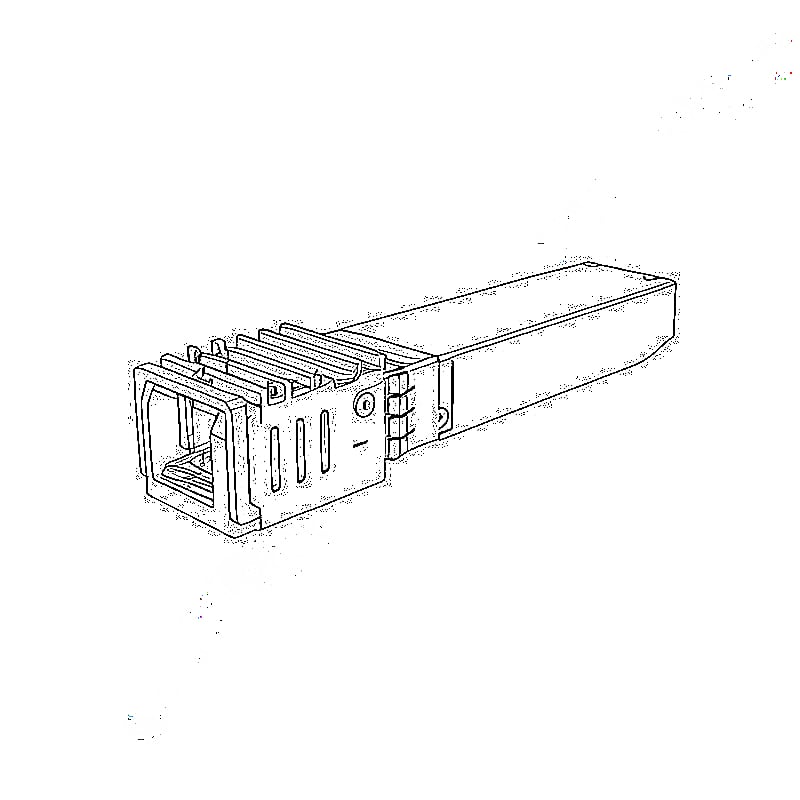
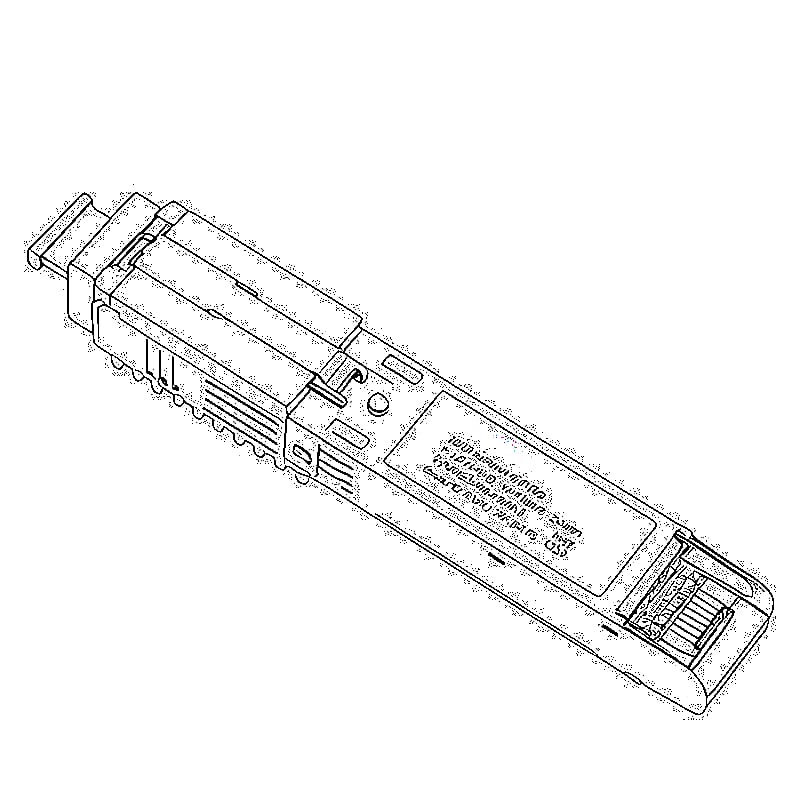
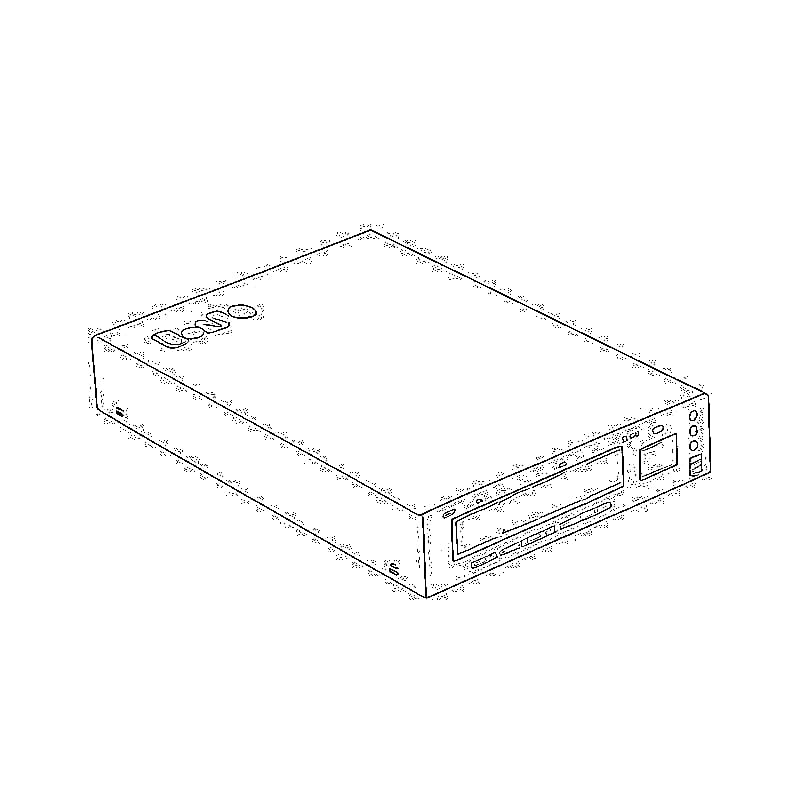
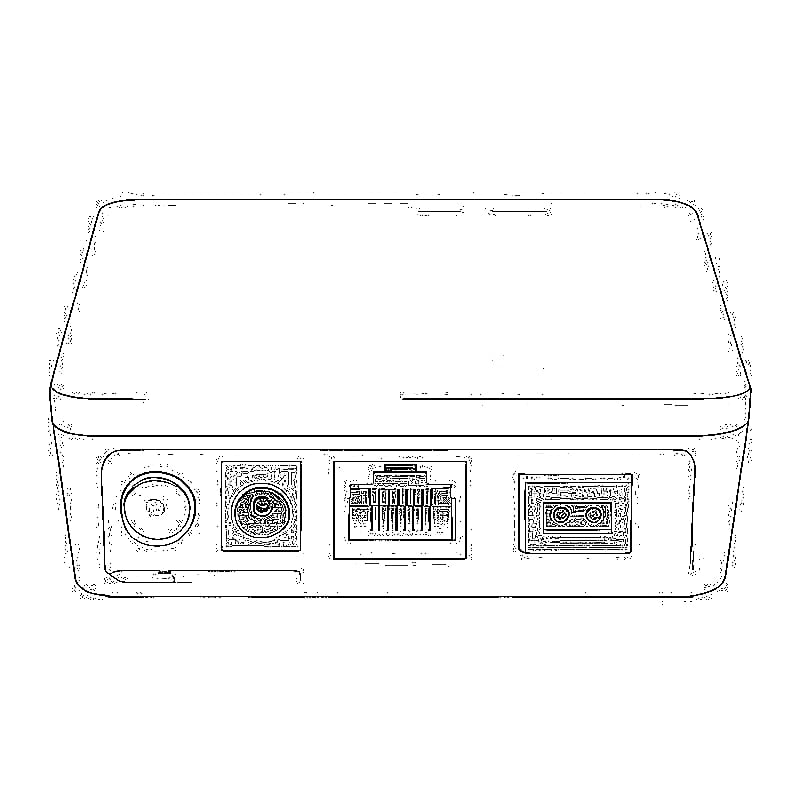
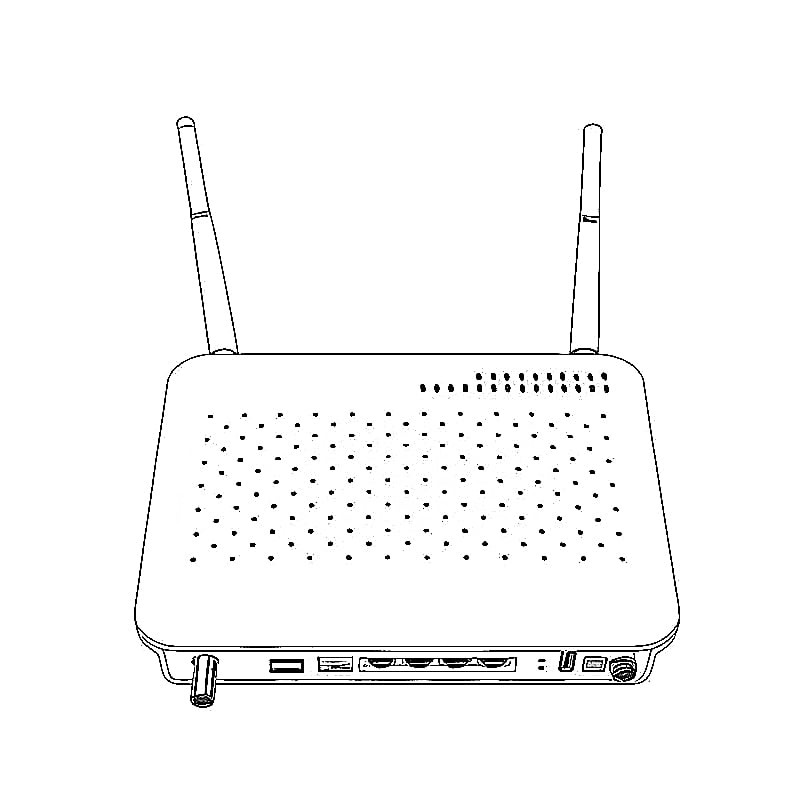
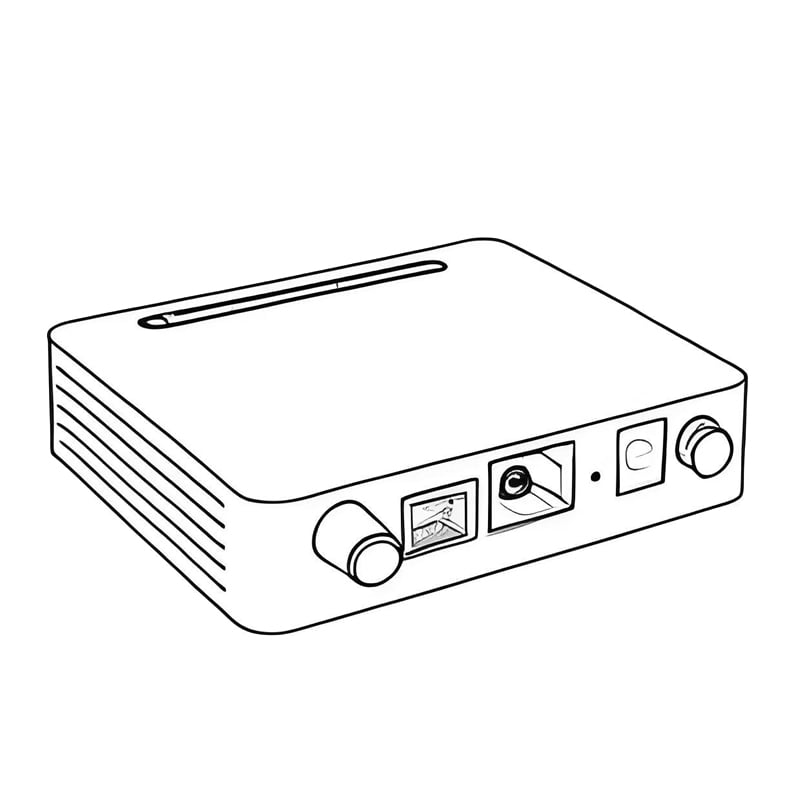
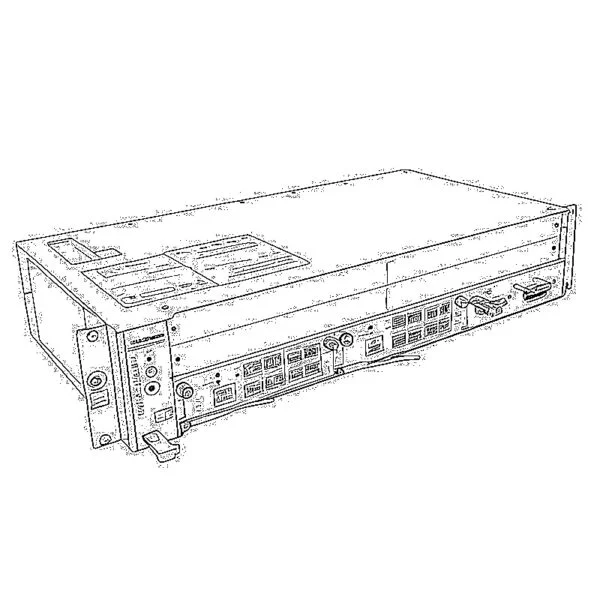
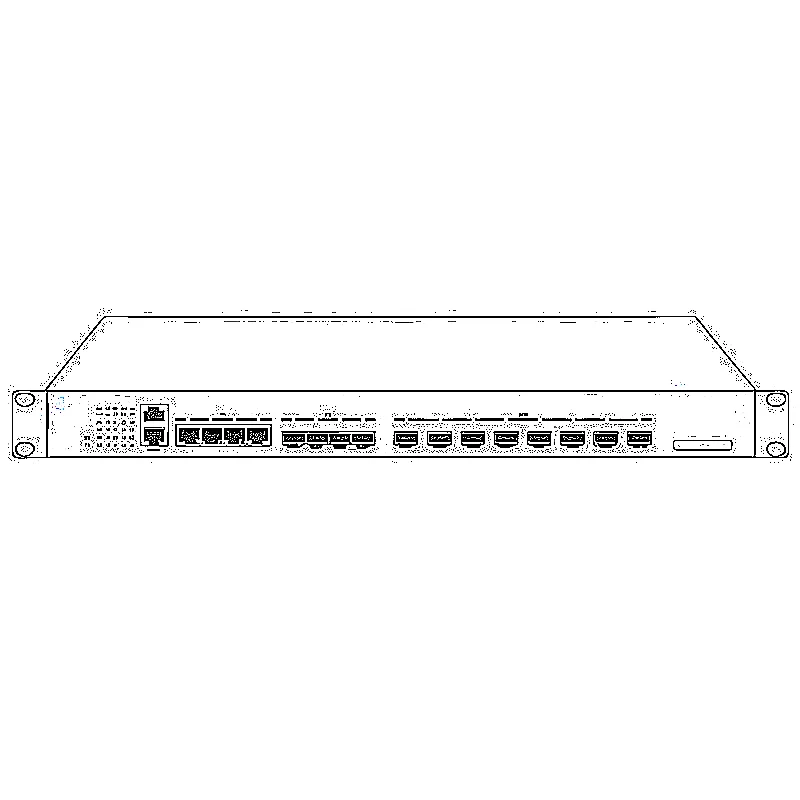
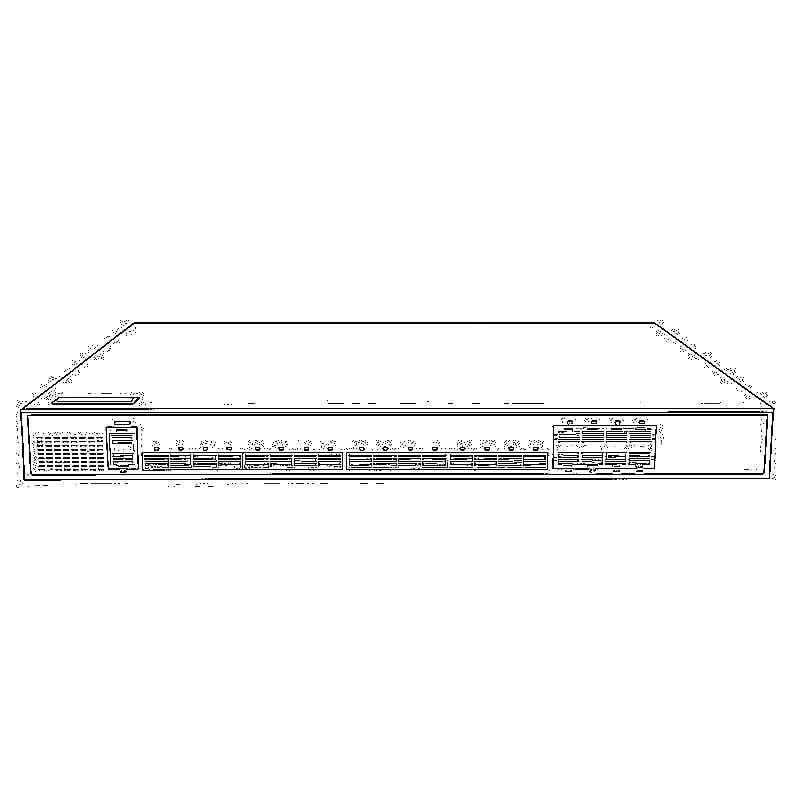

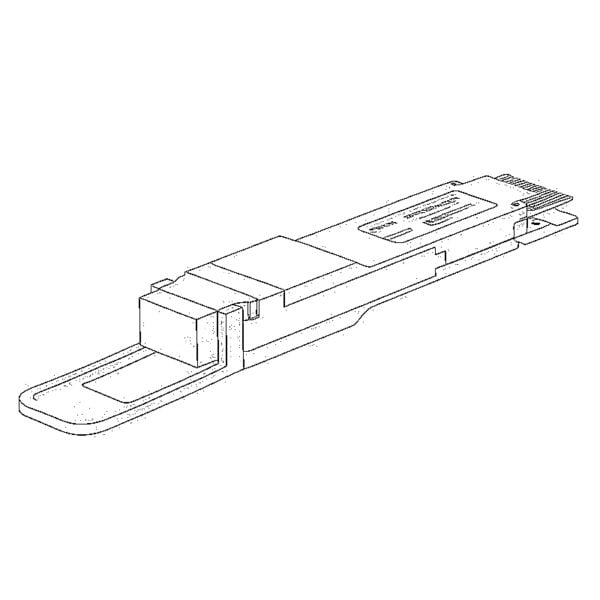
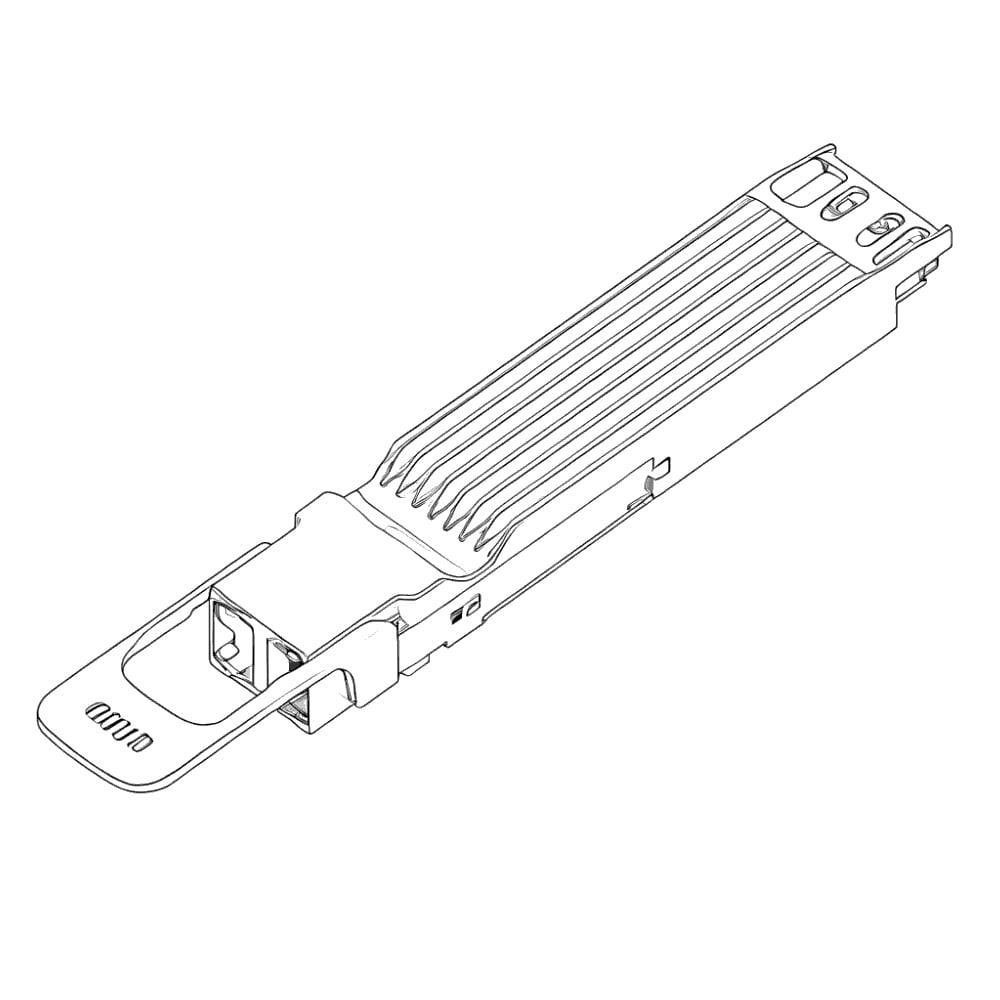
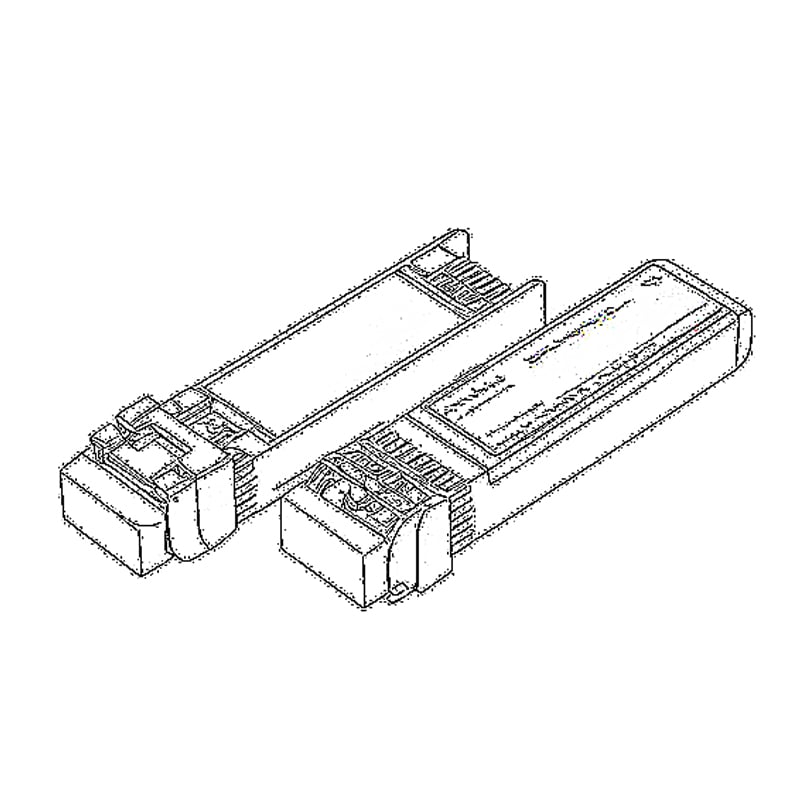
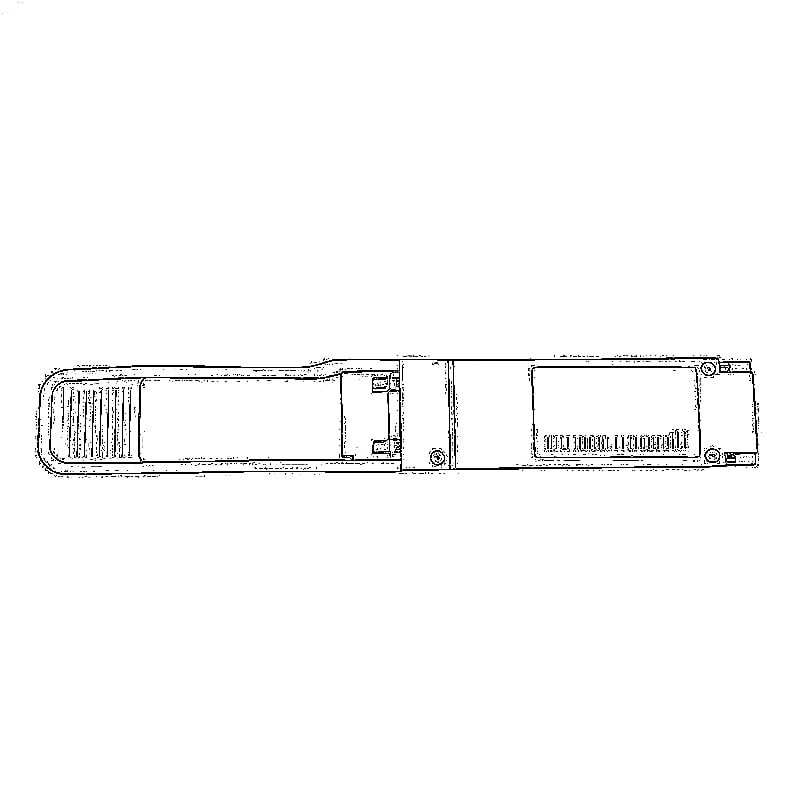


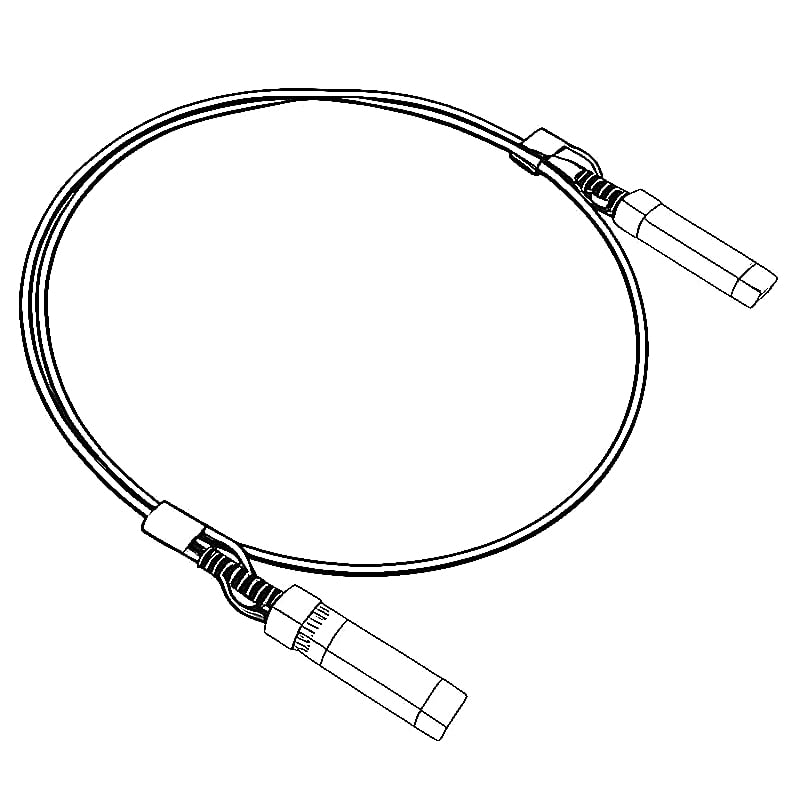
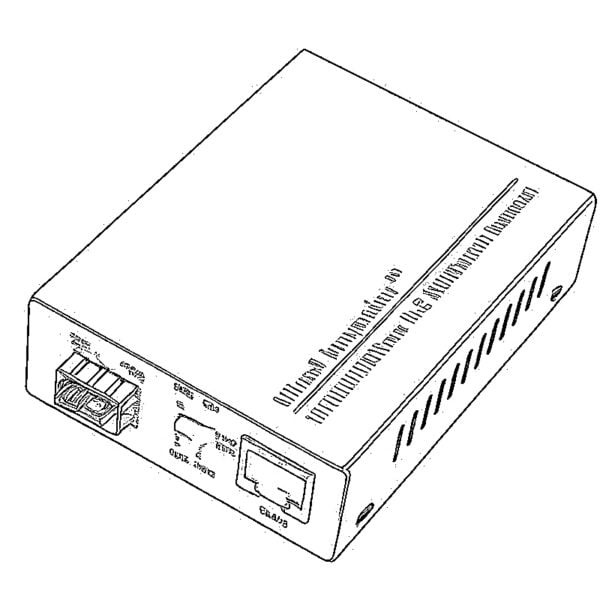
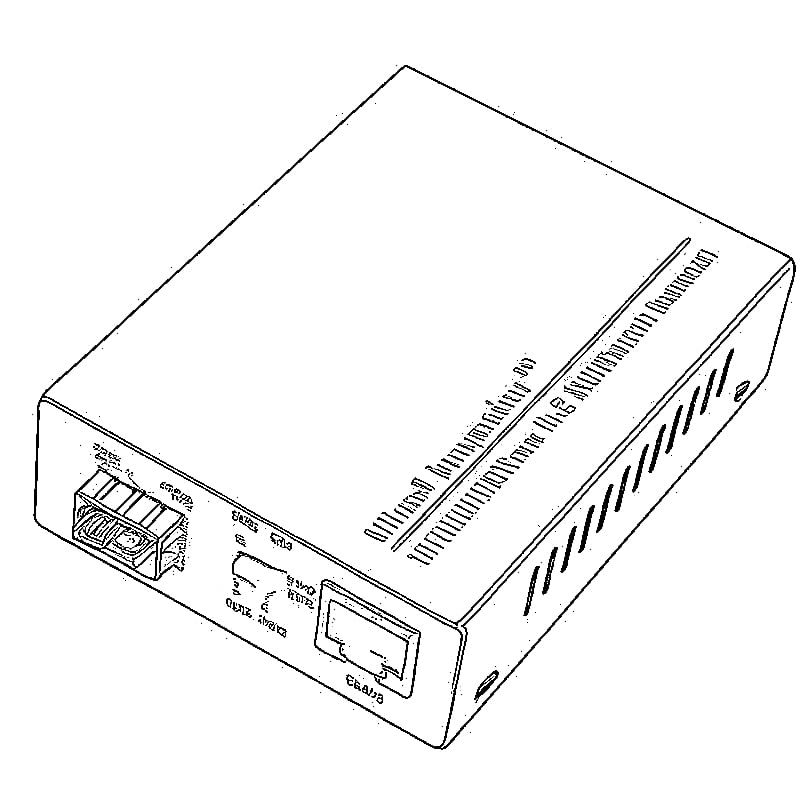
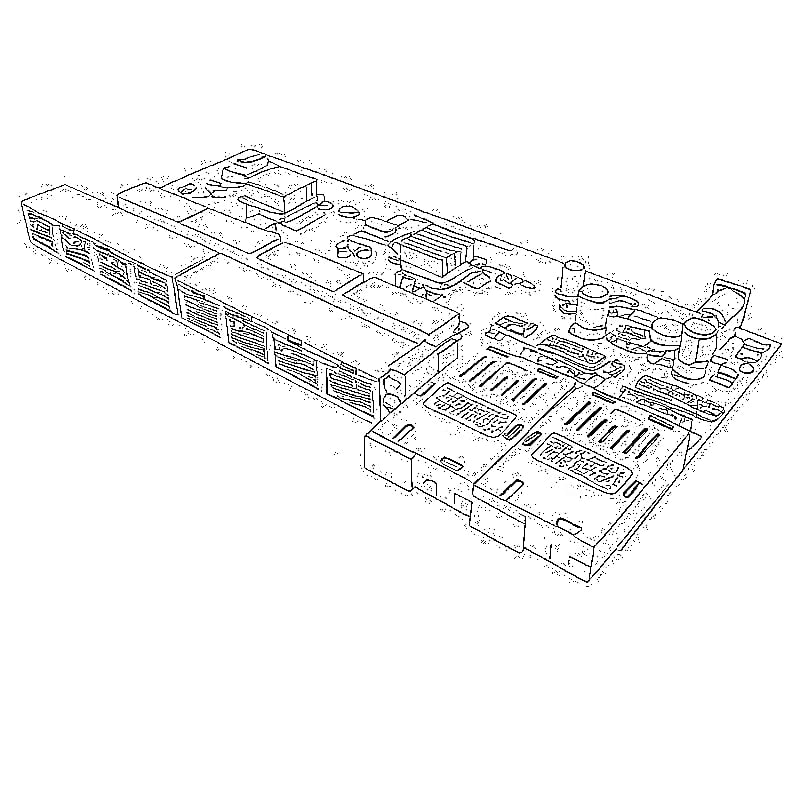
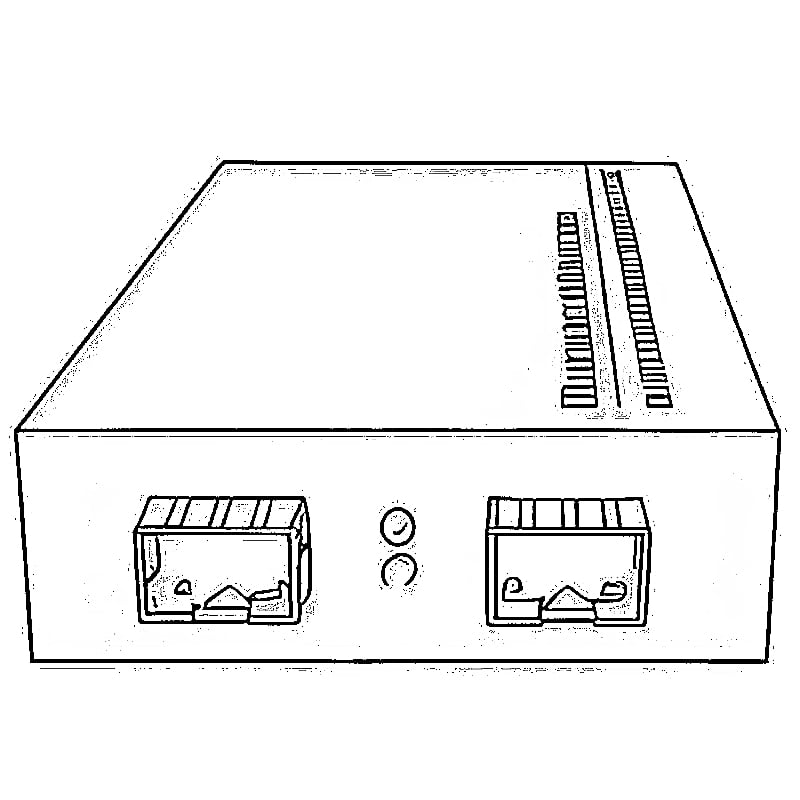
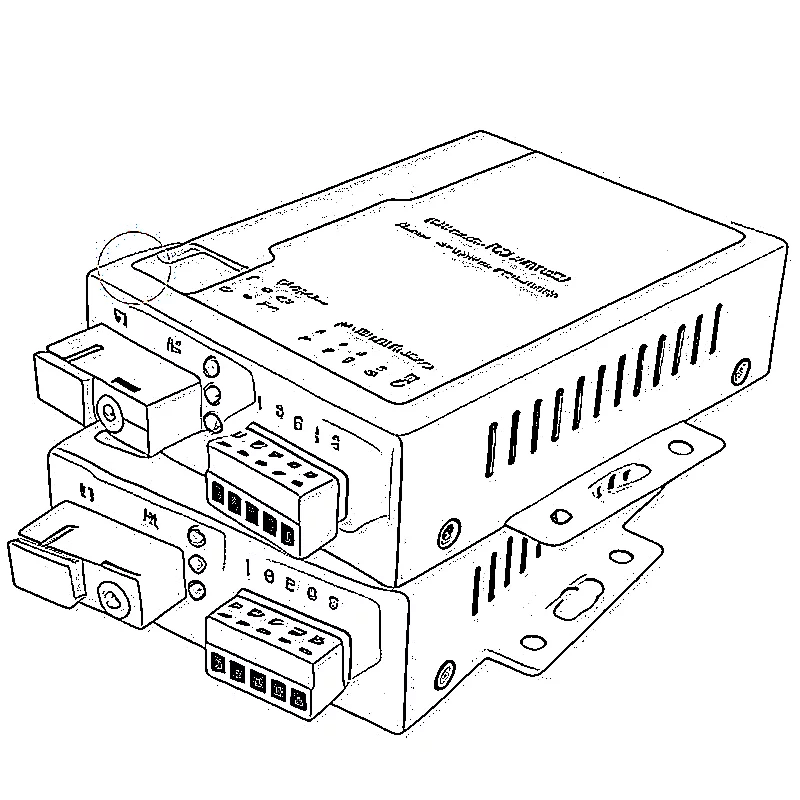
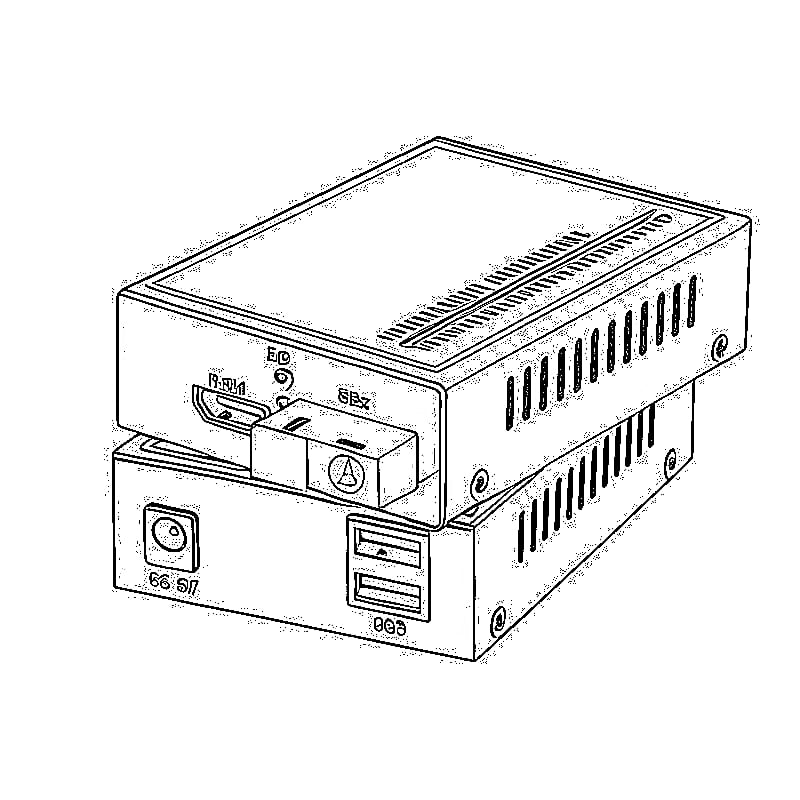

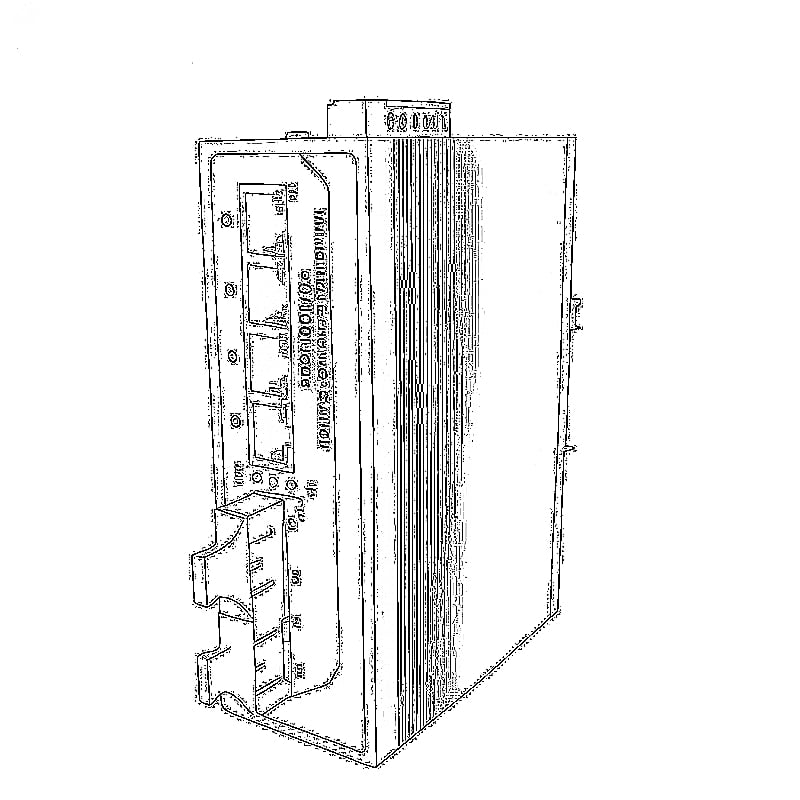
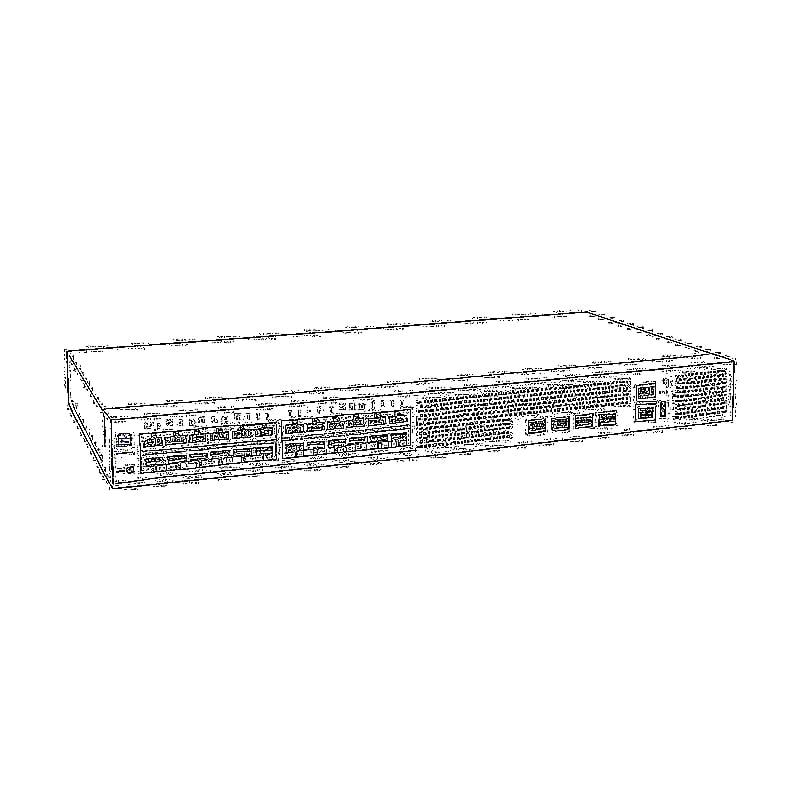
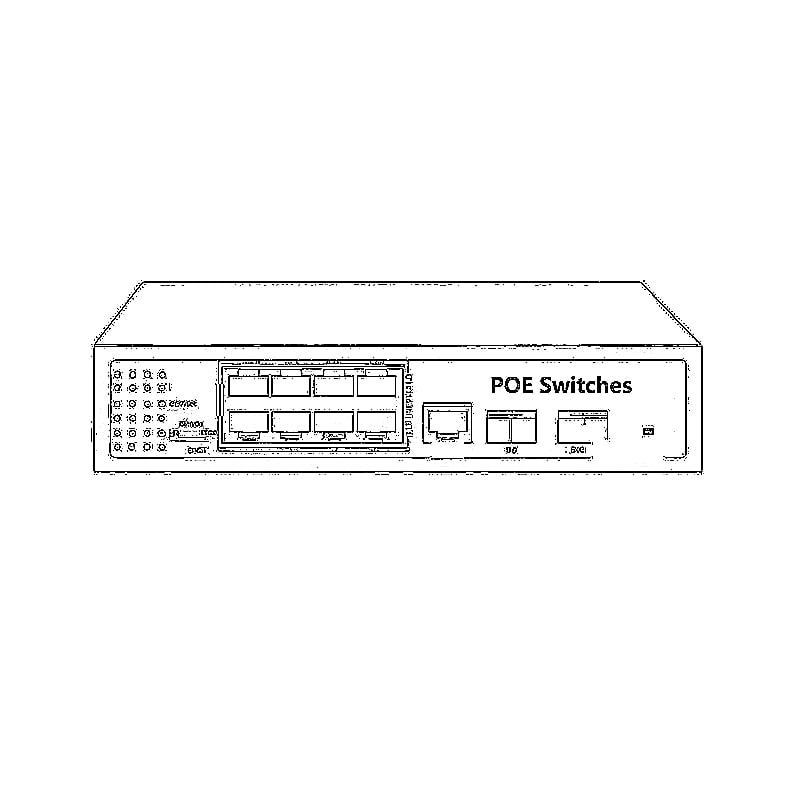
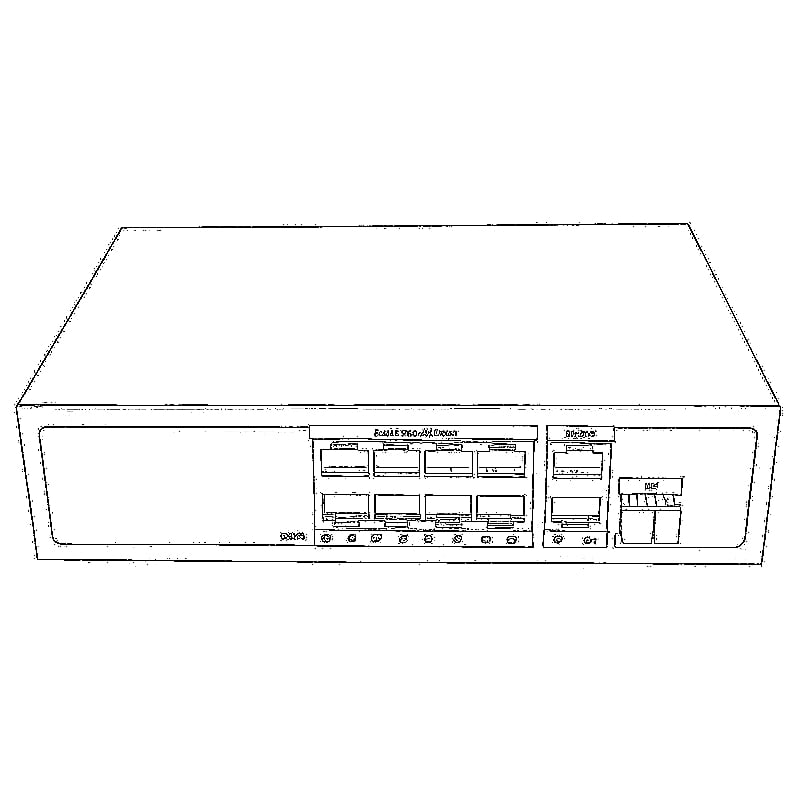

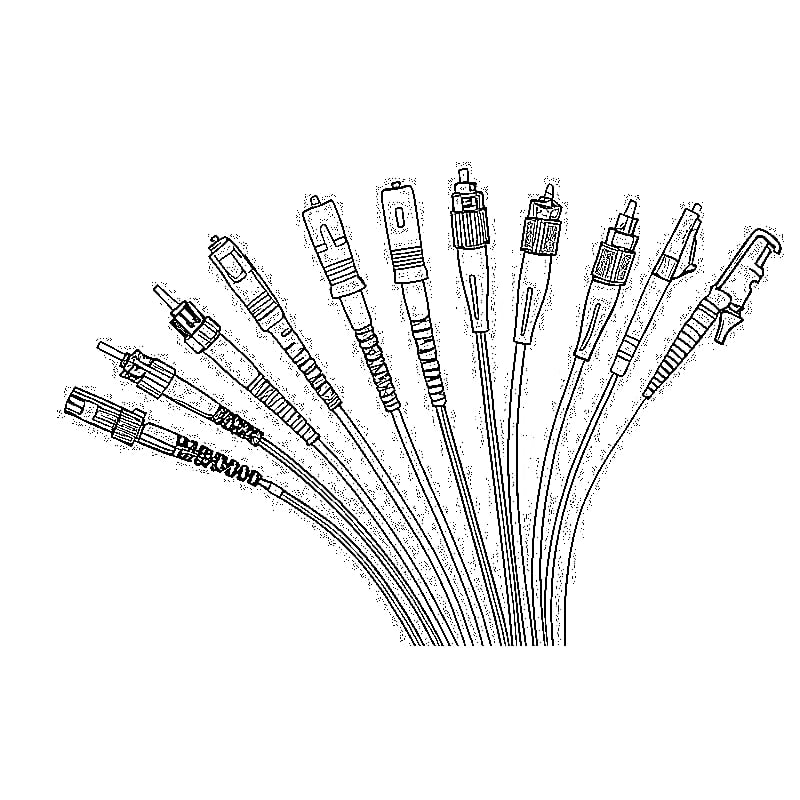

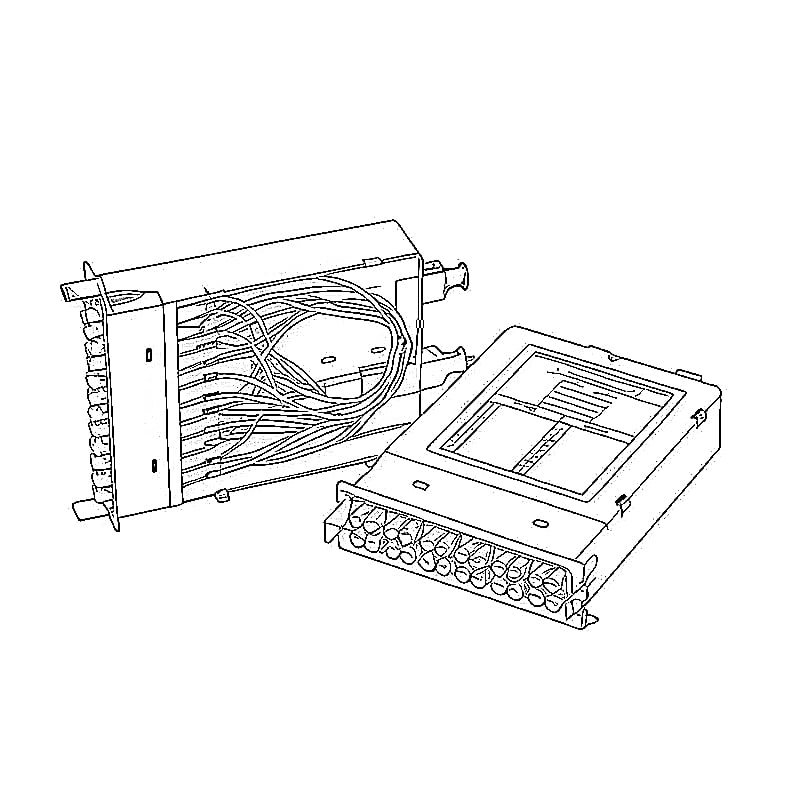

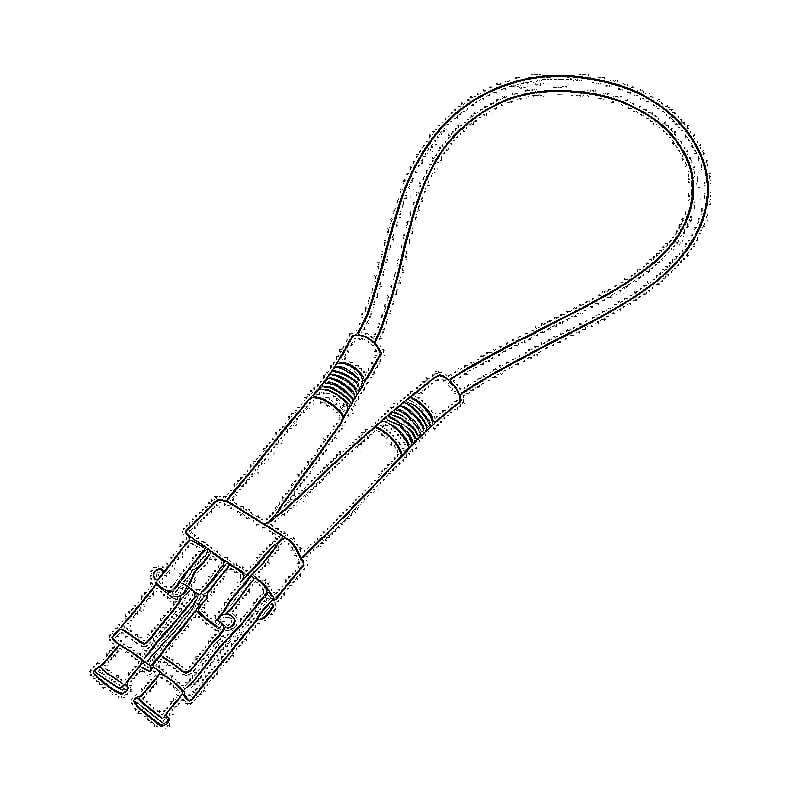



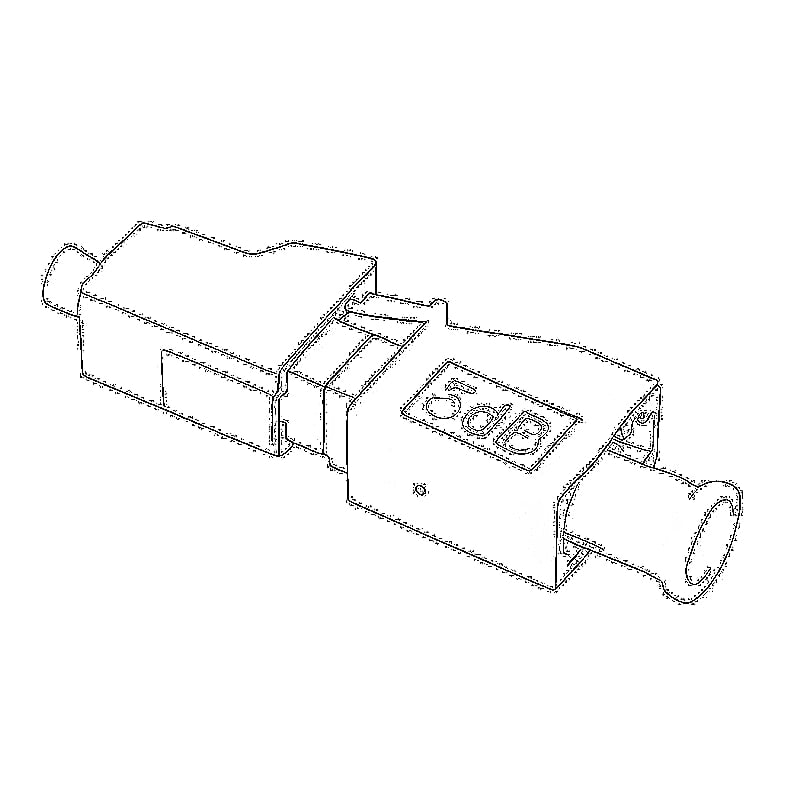


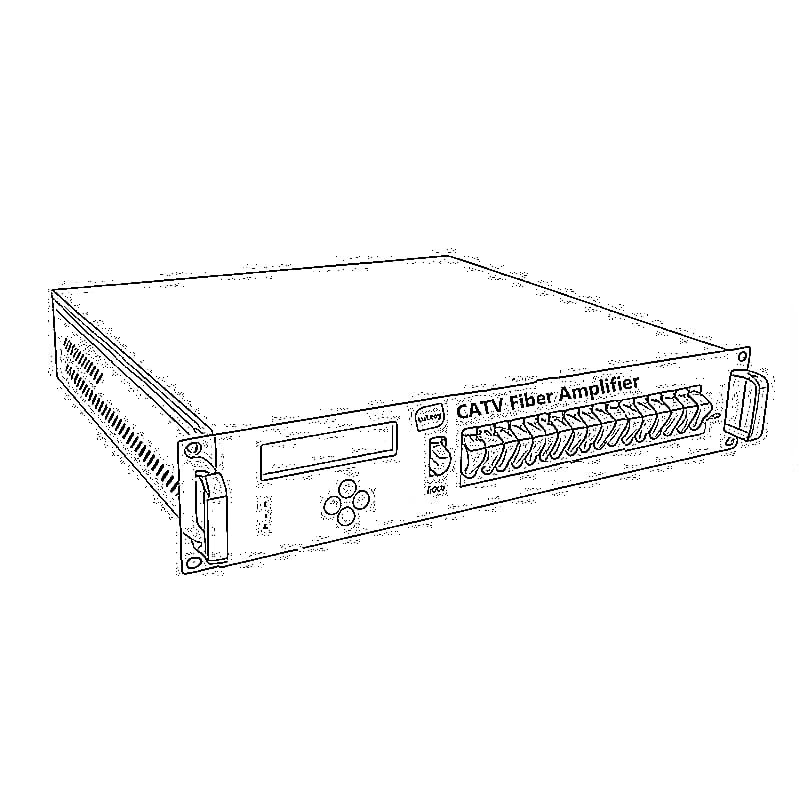

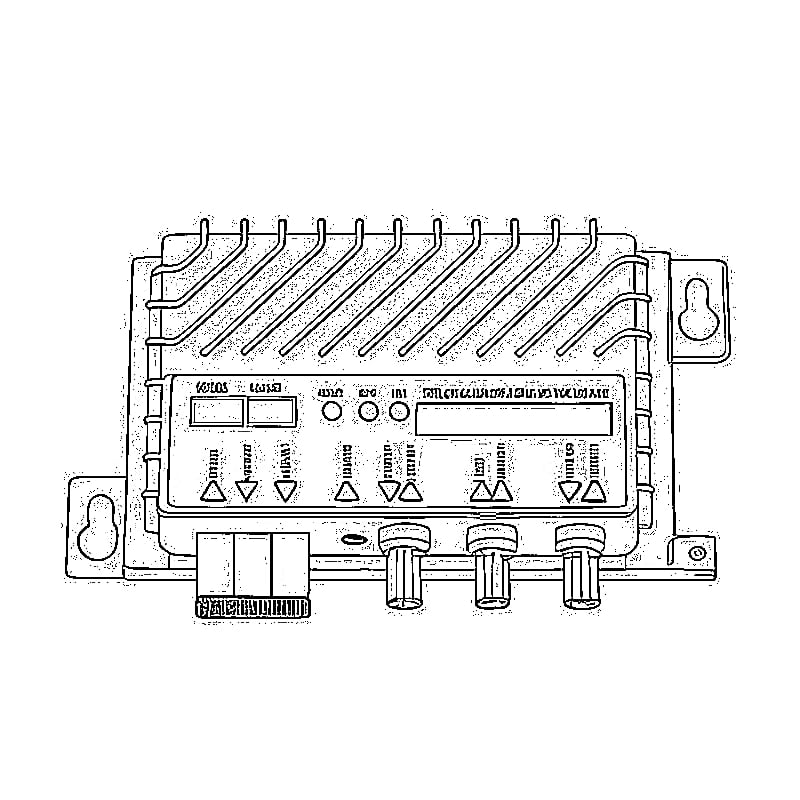

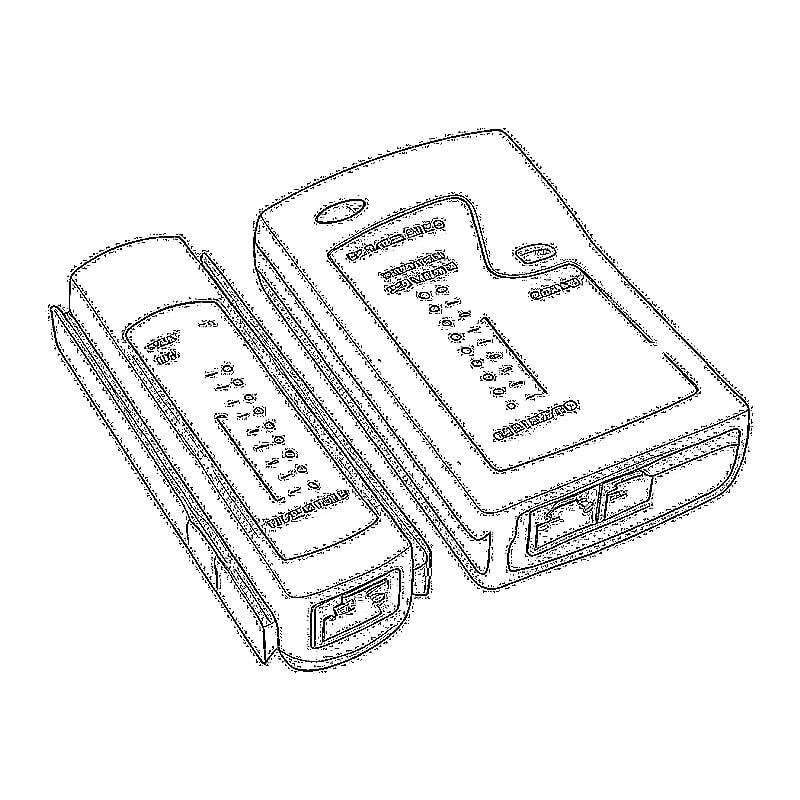


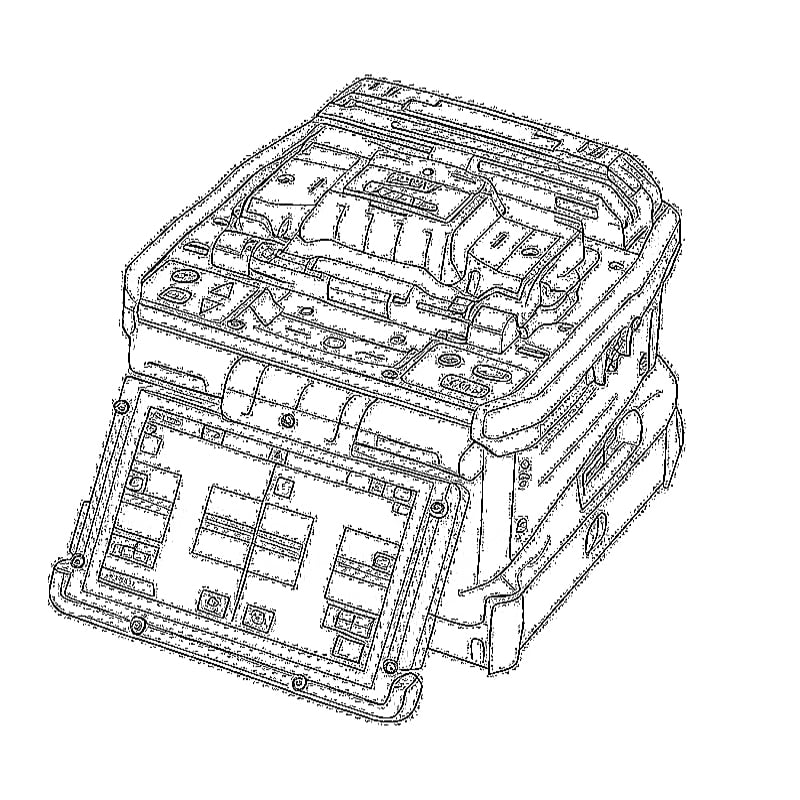



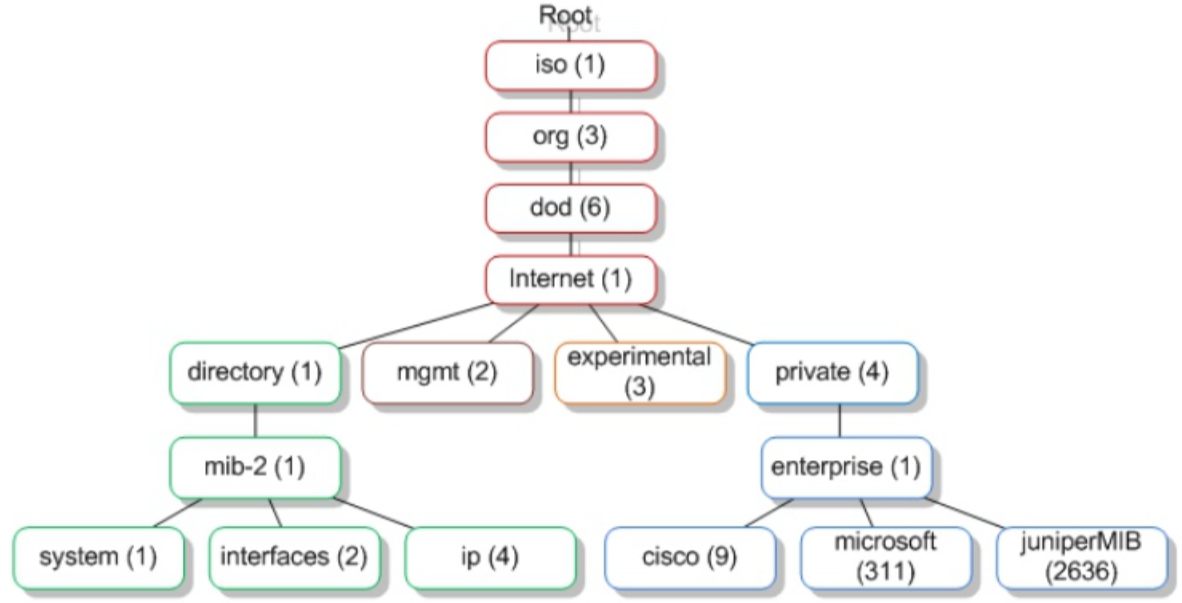
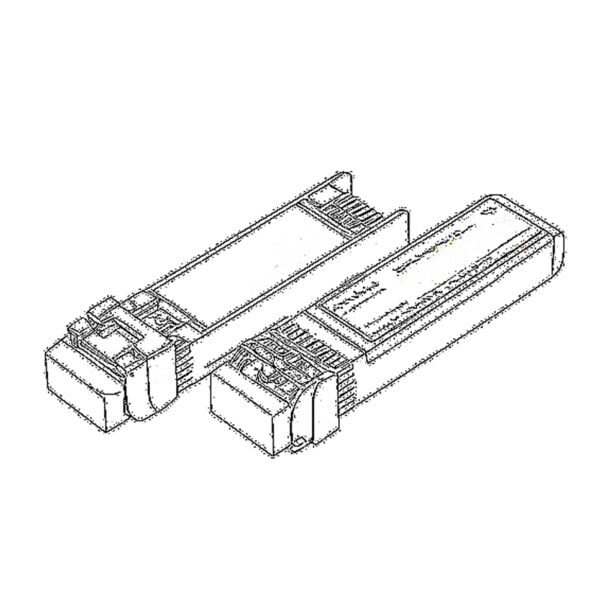 SFP/SFP+ (1G/2.5G/5G/10G)
SFP/SFP+ (1G/2.5G/5G/10G) SFP-T (1G/2.5G/10G)
SFP-T (1G/2.5G/10G) AOC Cable 10G/25G/40G/100G
AOC Cable 10G/25G/40G/100G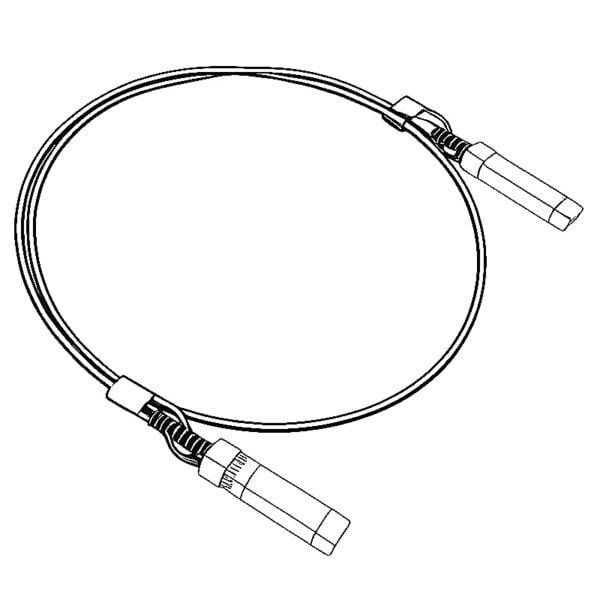 DAC Cable 10G/25G/40G/100G
DAC Cable 10G/25G/40G/100G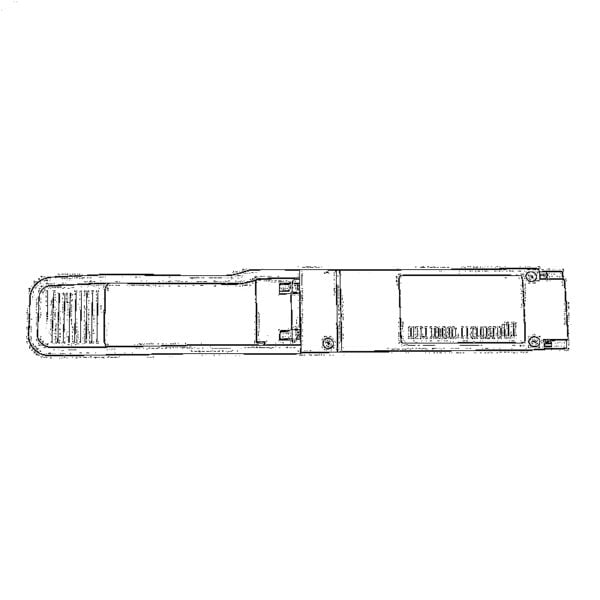 QSFP28 QSFP+ SFP28 100G/40G/25G
QSFP28 QSFP+ SFP28 100G/40G/25G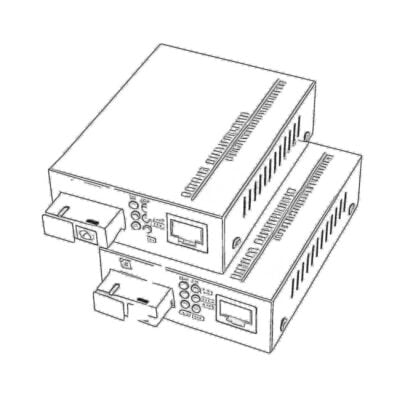 Copper to Fiber Media Converters
Copper to Fiber Media Converters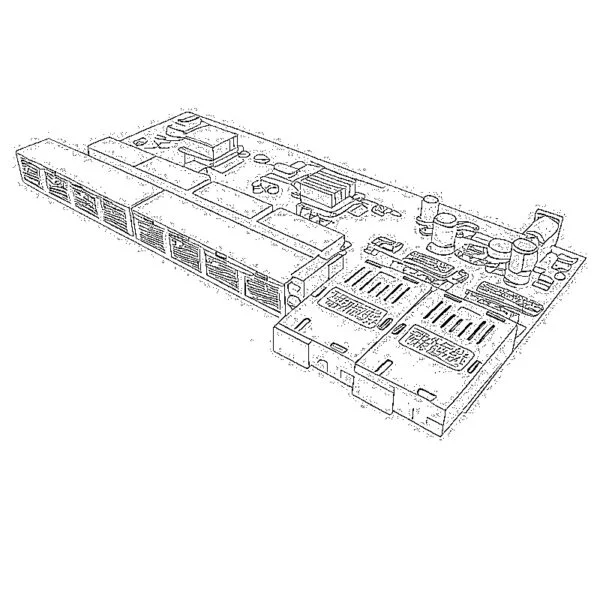 Fiber Media Converter PCBA Board
Fiber Media Converter PCBA Board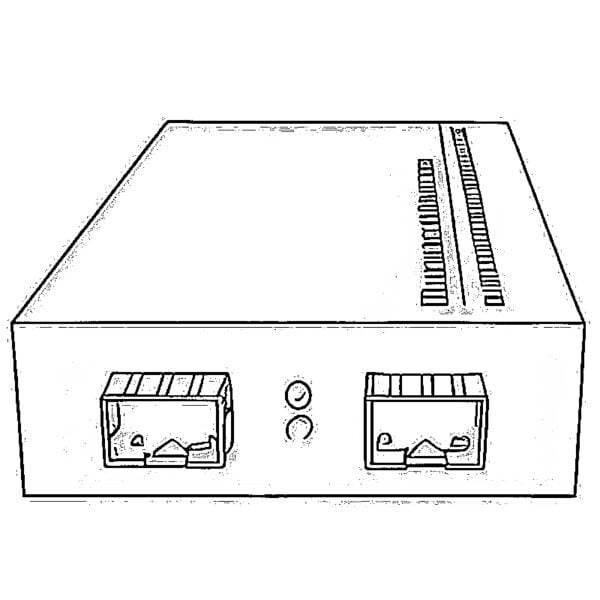 OEO Fiber Media Converters
OEO Fiber Media Converters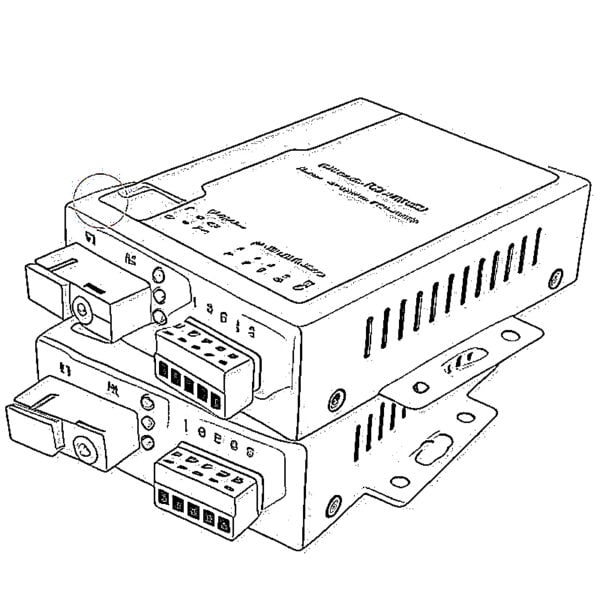 Serial to Fiber Media Converters
Serial to Fiber Media Converters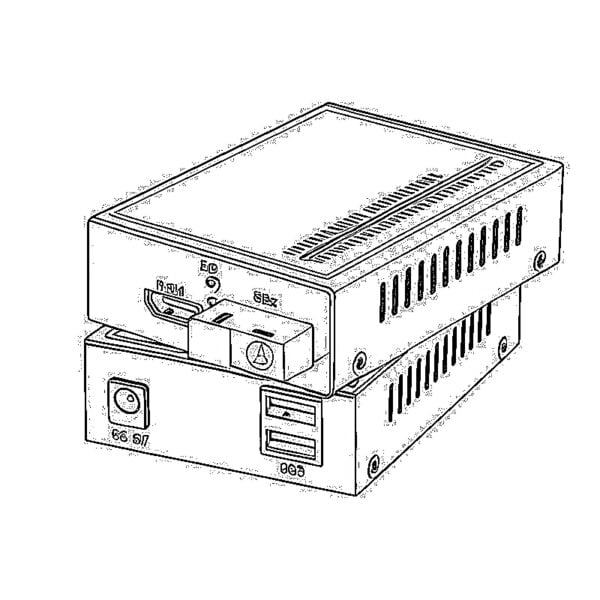 Video to Fiber Media Converters
Video to Fiber Media Converters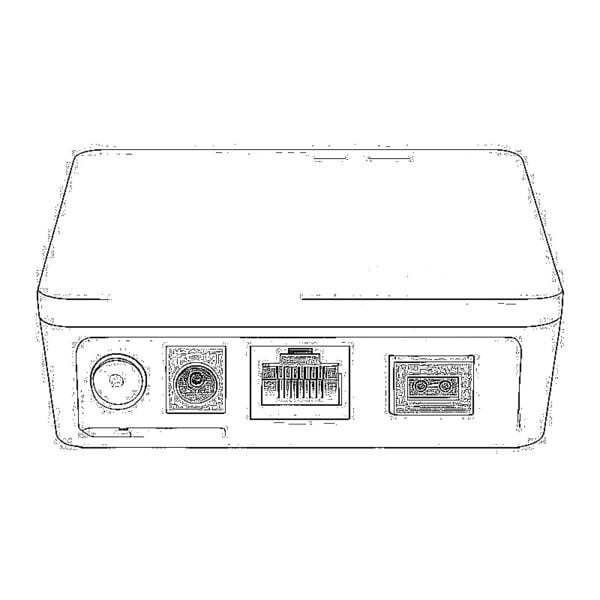 1000M GPON/EPON ONU
1000M GPON/EPON ONU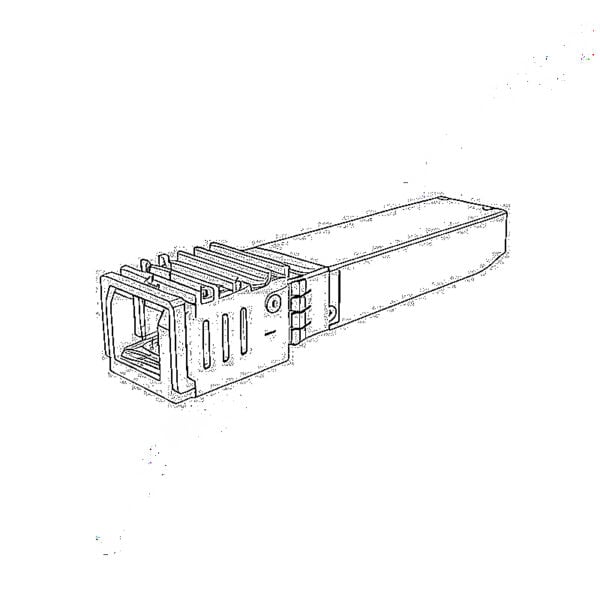 10G EPON ONU/XG-PON/XGS-PON
10G EPON ONU/XG-PON/XGS-PON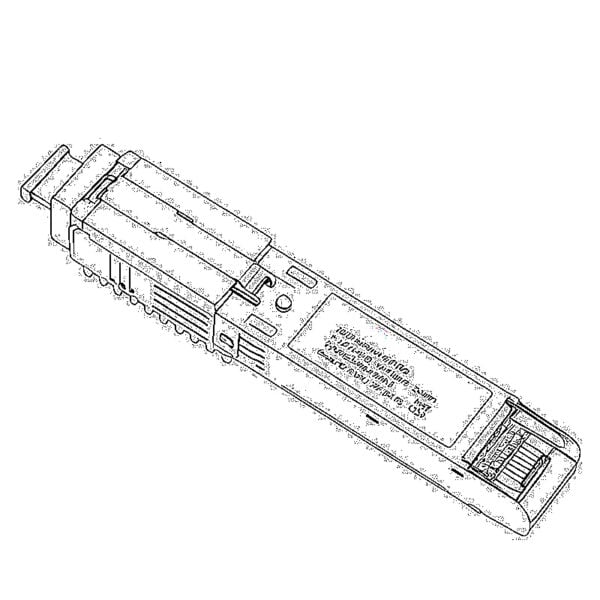 2.5G GPON/XPON STICK SFP ONU
2.5G GPON/XPON STICK SFP ONU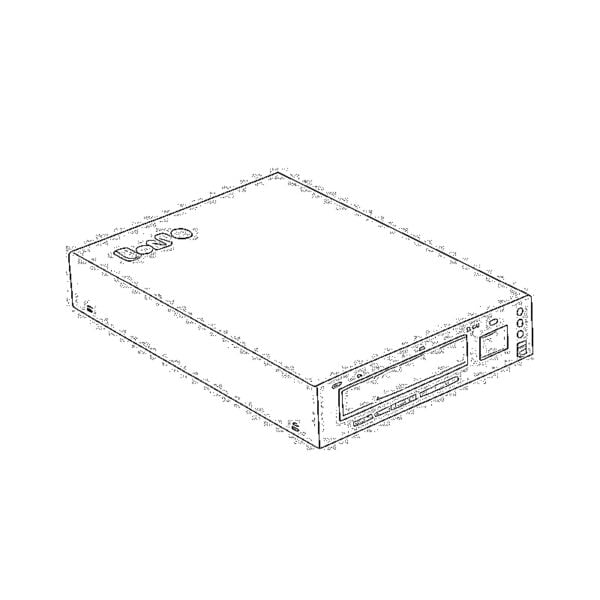 POE GPON/EPON ONU
POE GPON/EPON ONU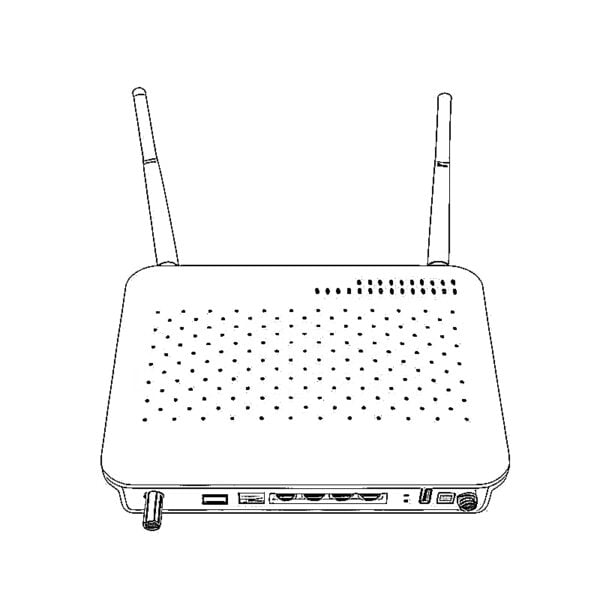 Wireless GPON/EPON ONT
Wireless GPON/EPON ONT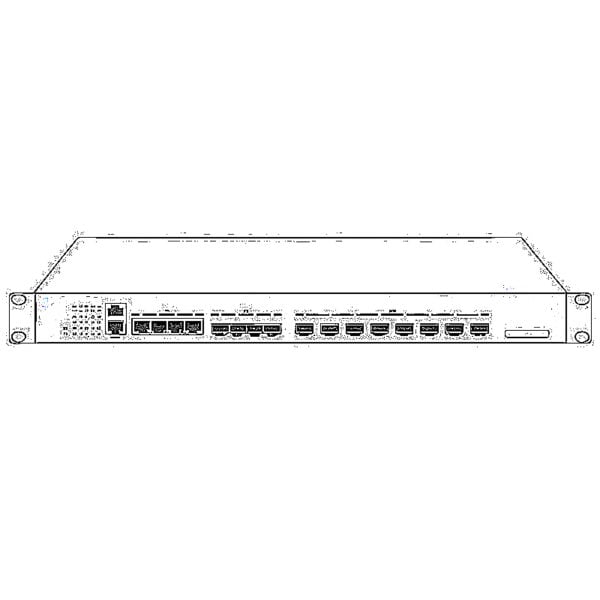 EPON OLT
EPON OLT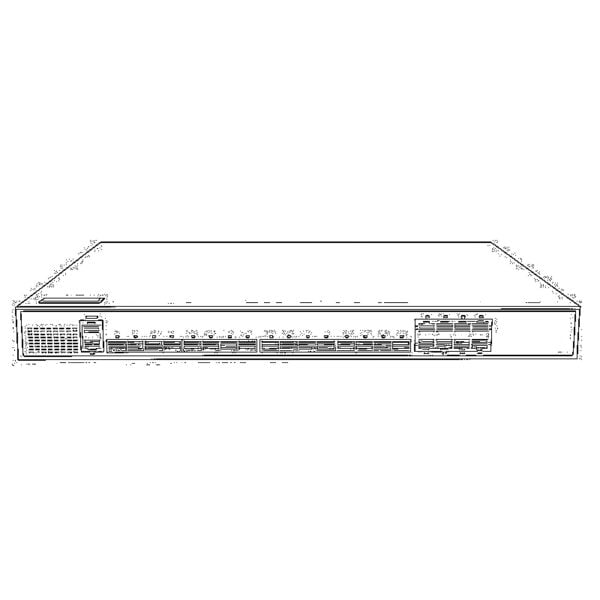 GPON OLT
GPON OLT SFP PON Module
SFP PON Module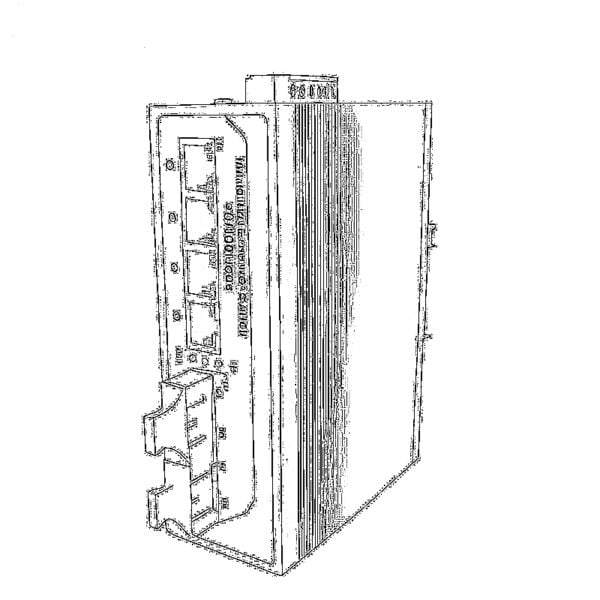 Industrial Switches
Industrial Switches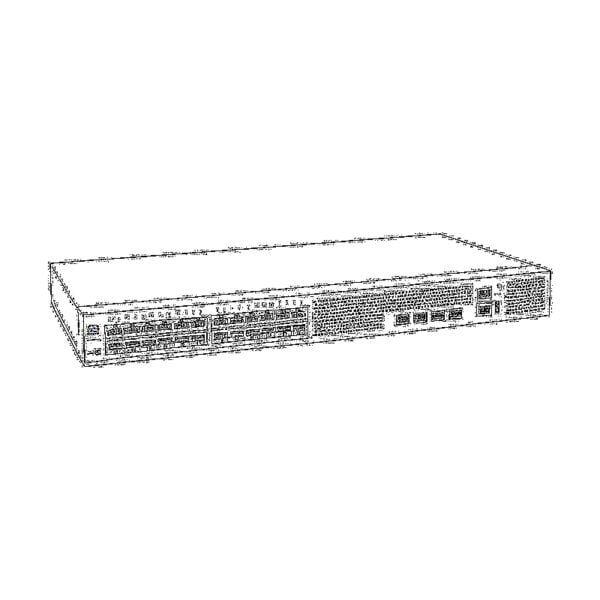 Managed Switches
Managed Switches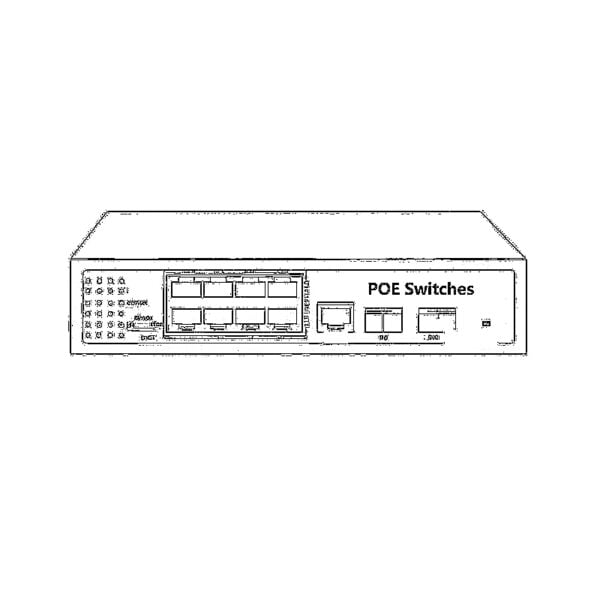 POE Switches
POE Switches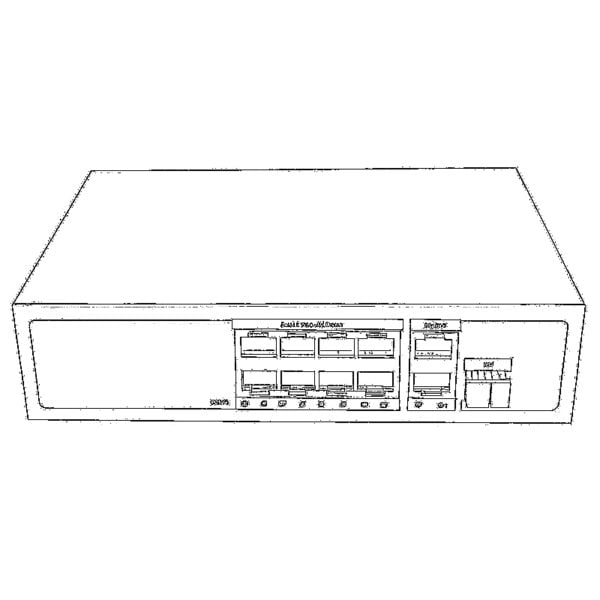 Unmanaged Switches
Unmanaged Switches MTP/MPO Fiber Cables
MTP/MPO Fiber Cables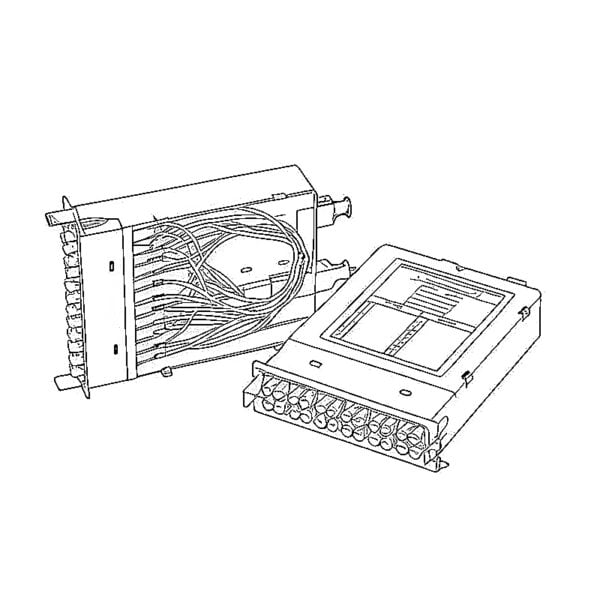 Fiber Optic Cassettes
Fiber Optic Cassettes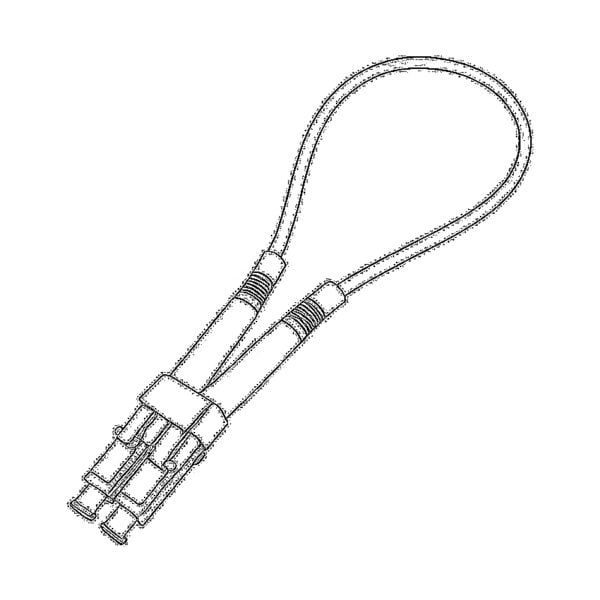 Fiber Optic Loopback
Fiber Optic Loopback Optic Cables and Fiber Pigtails
Optic Cables and Fiber Pigtails Optical Splitters and Splitter Box
Optical Splitters and Splitter Box Fiber Flange Connectors
Fiber Flange Connectors Optical Adapters
Optical Adapters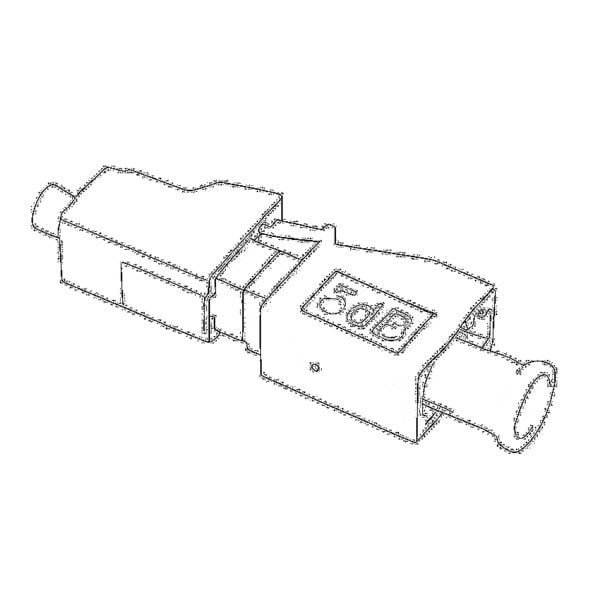 Optical Attenuator
Optical Attenuator Quick Connector and Connector Panel
Quick Connector and Connector Panel CATV Amplifier
CATV Amplifier CATV Optical Receiver
CATV Optical Receiver Visual Fault Locator
Visual Fault Locator OTDR
OTDR Optical Power Meter
Optical Power Meter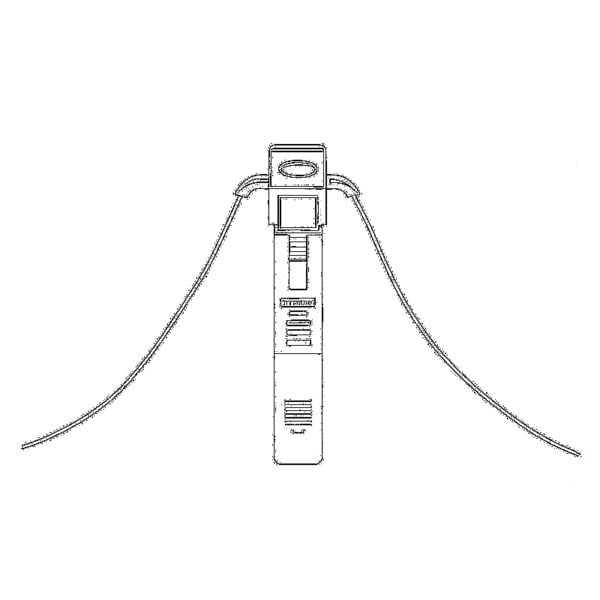 Fiber Optic Identifier
Fiber Optic Identifier Fiber Optic Cleaners
Fiber Optic Cleaners Fiber Cleavers & Fiber Strippers
Fiber Cleavers & Fiber Strippers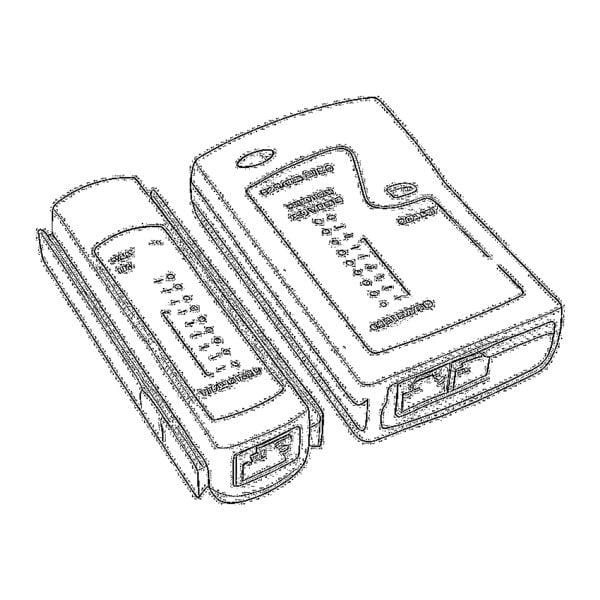 Copper Tools
Copper Tools